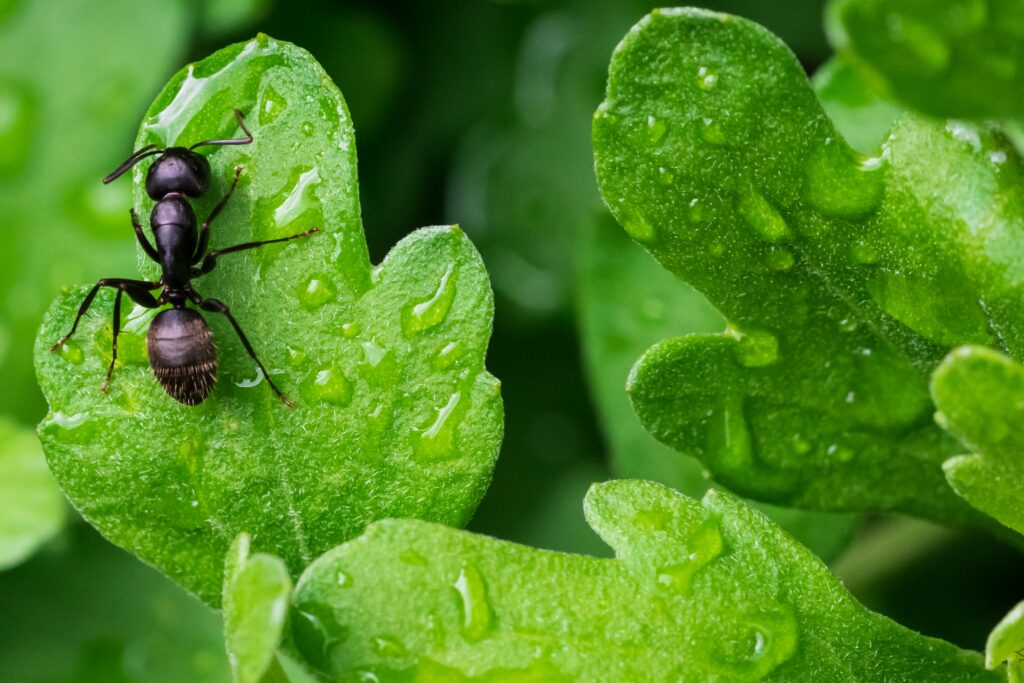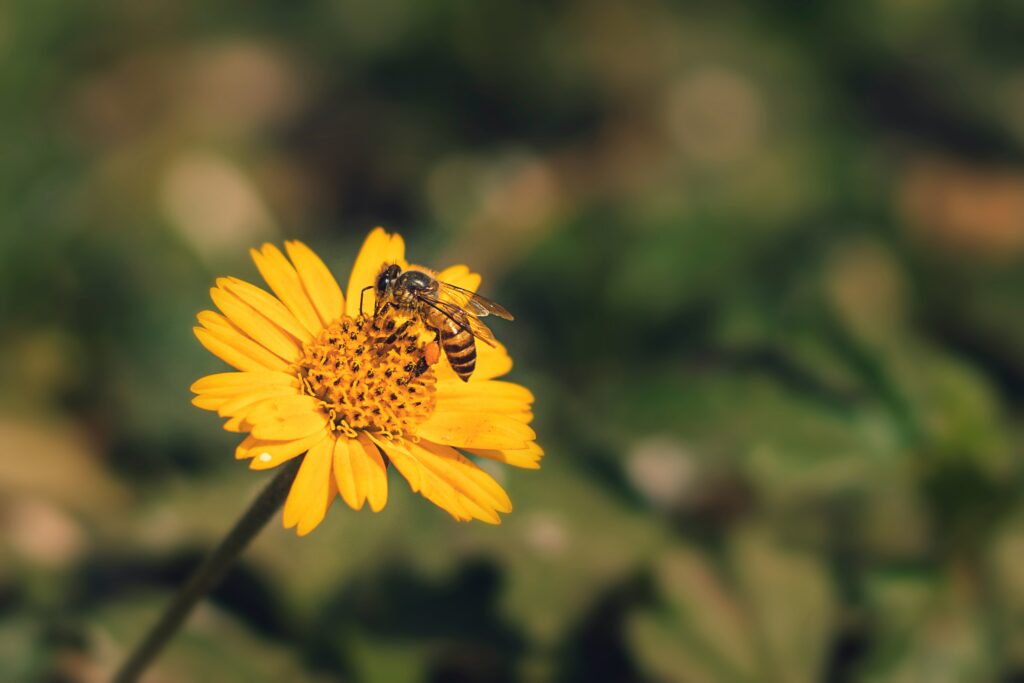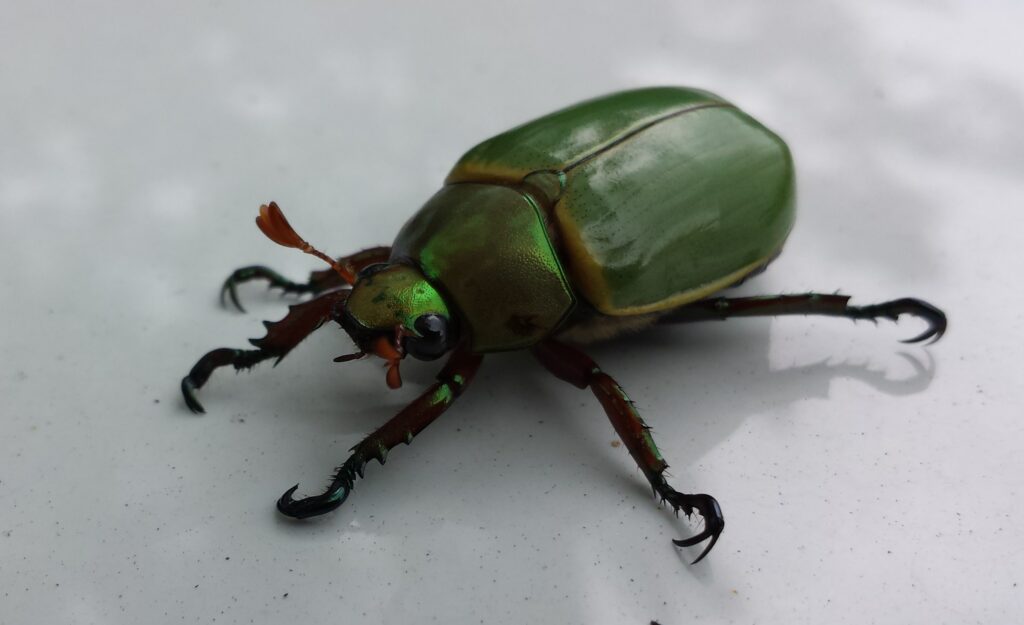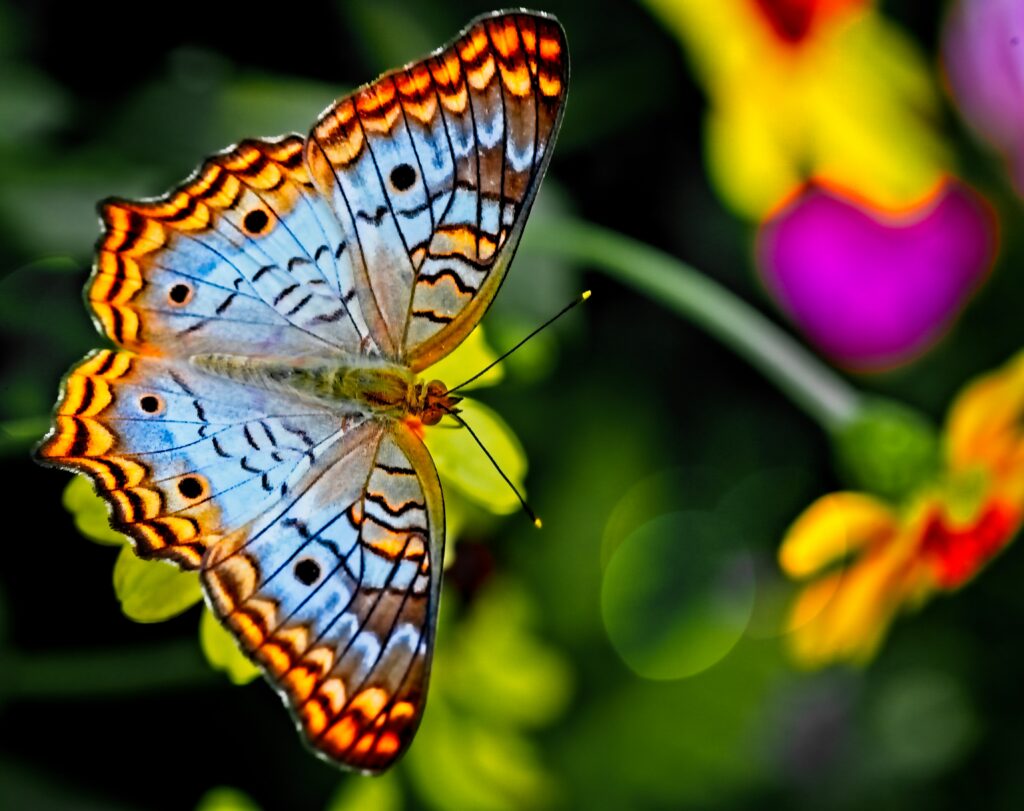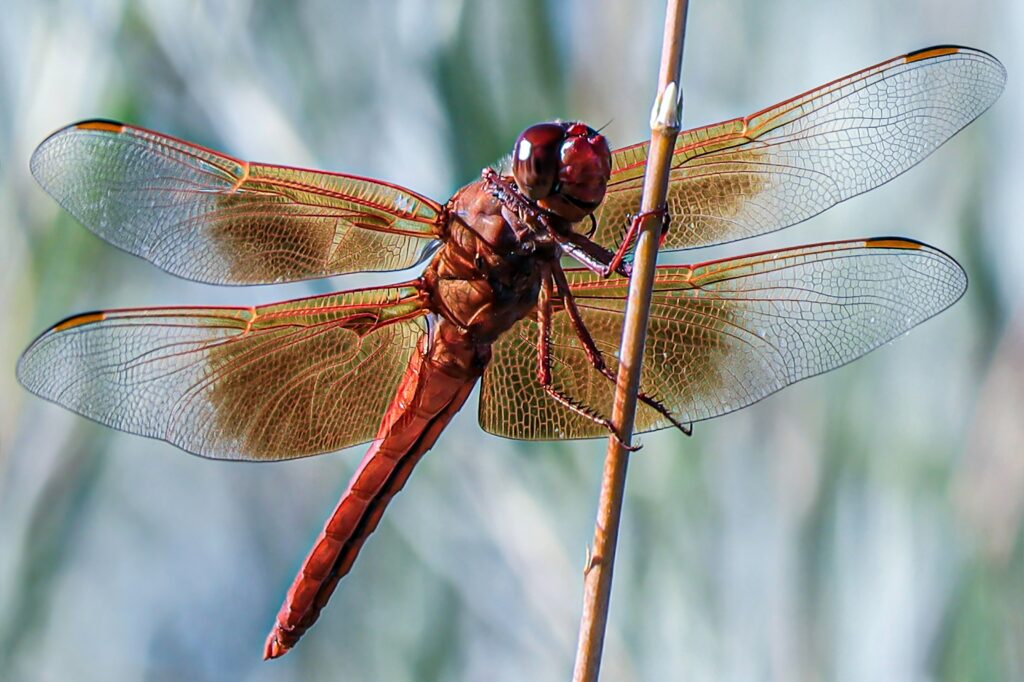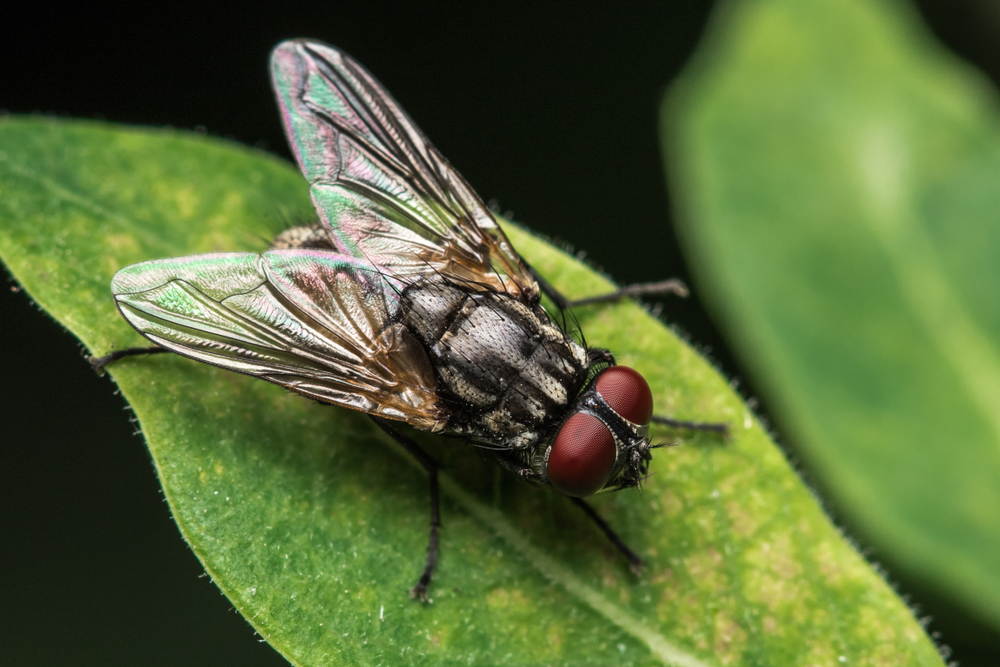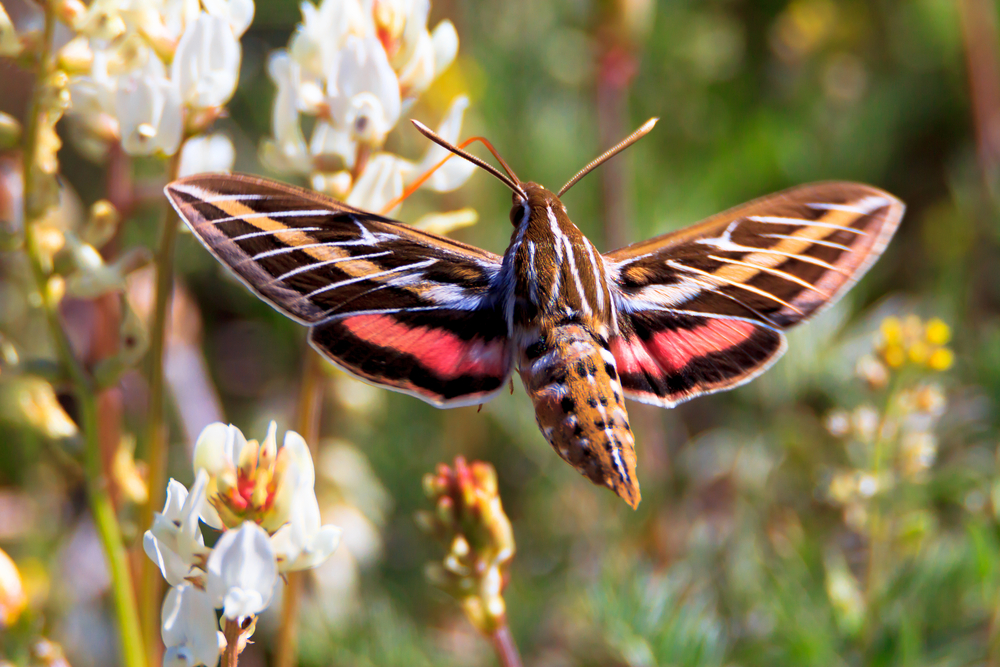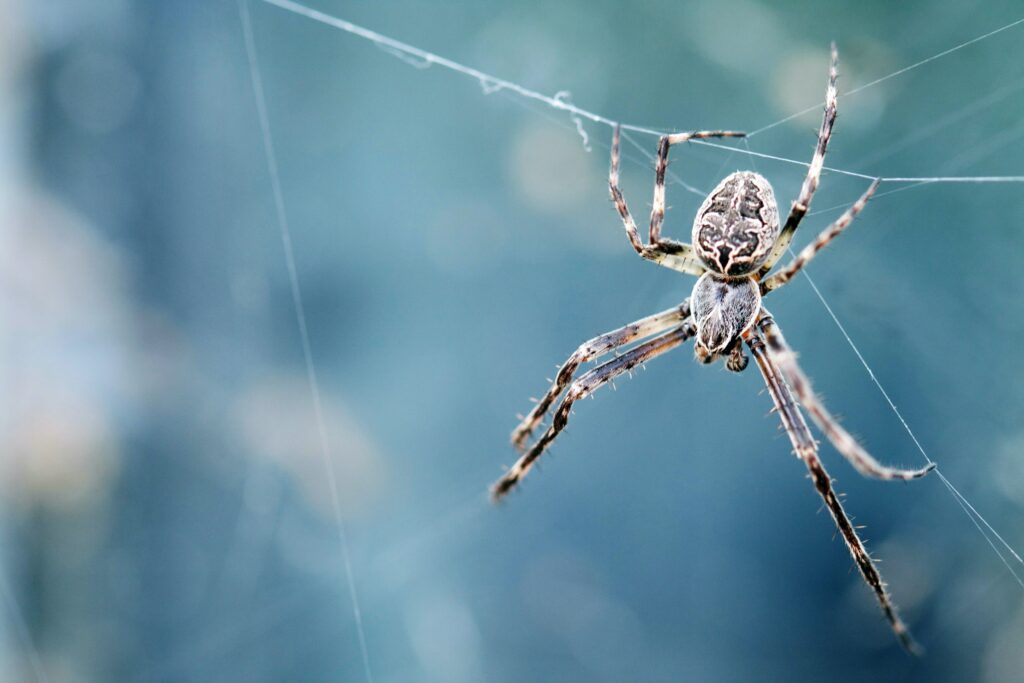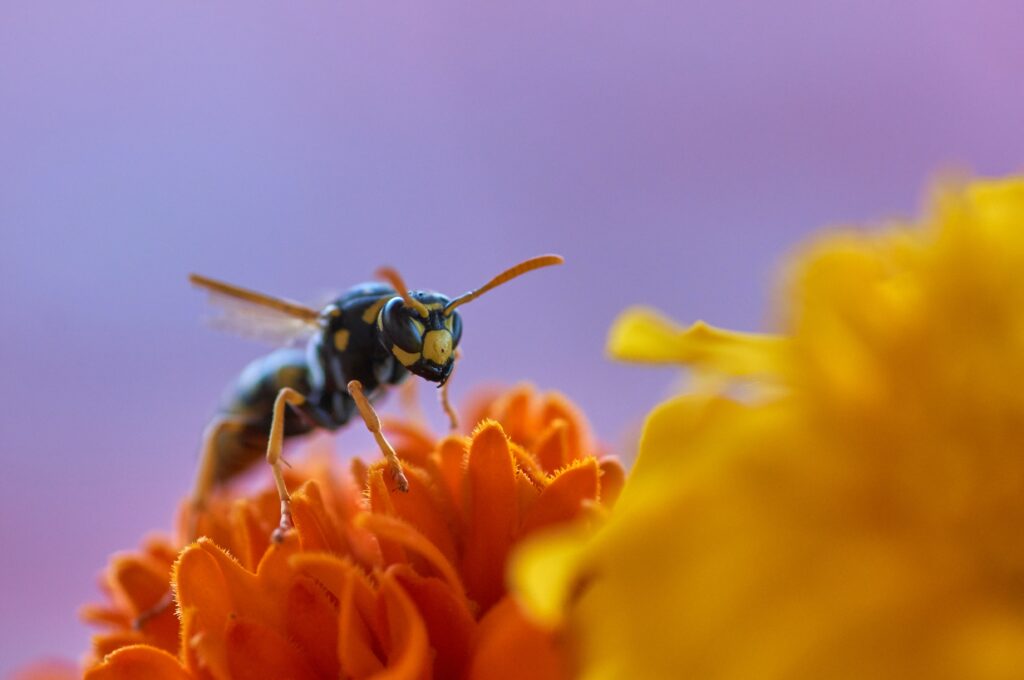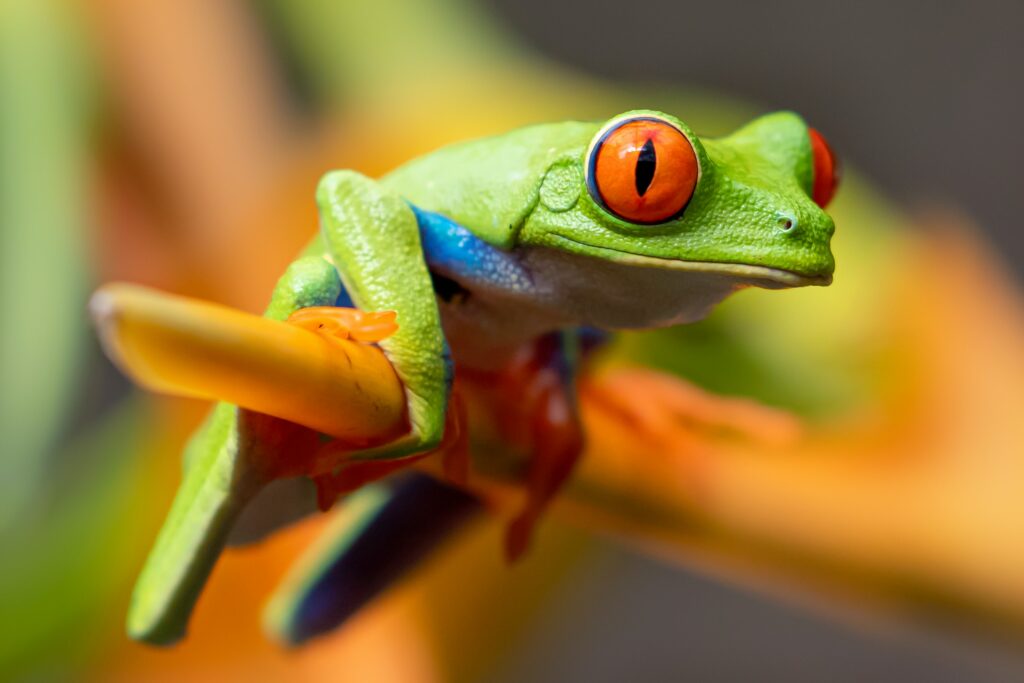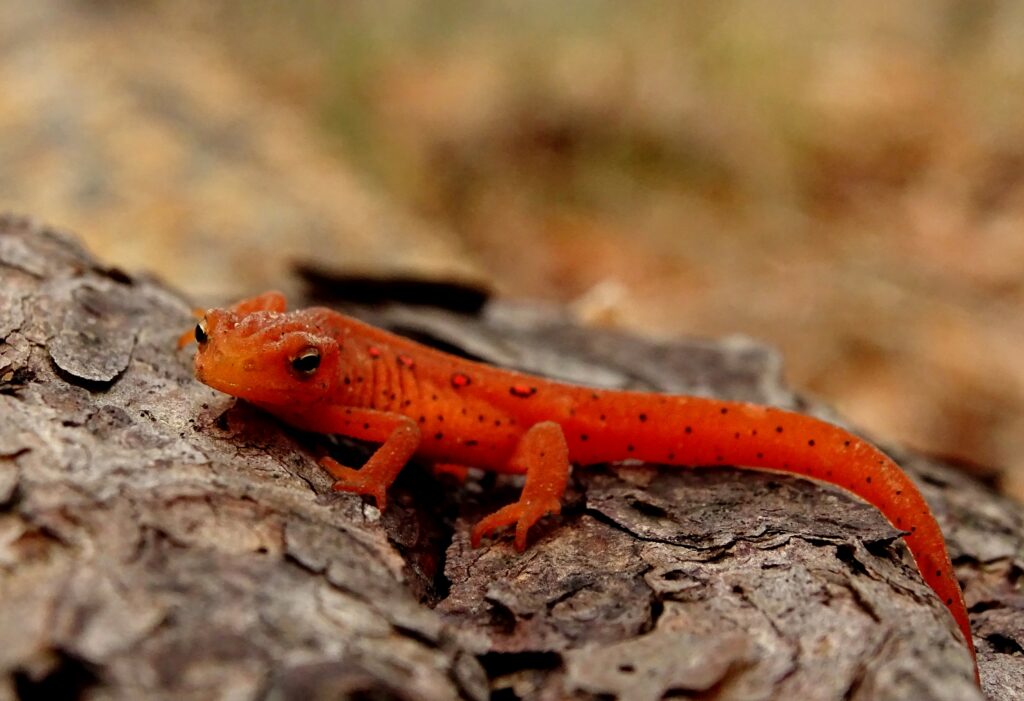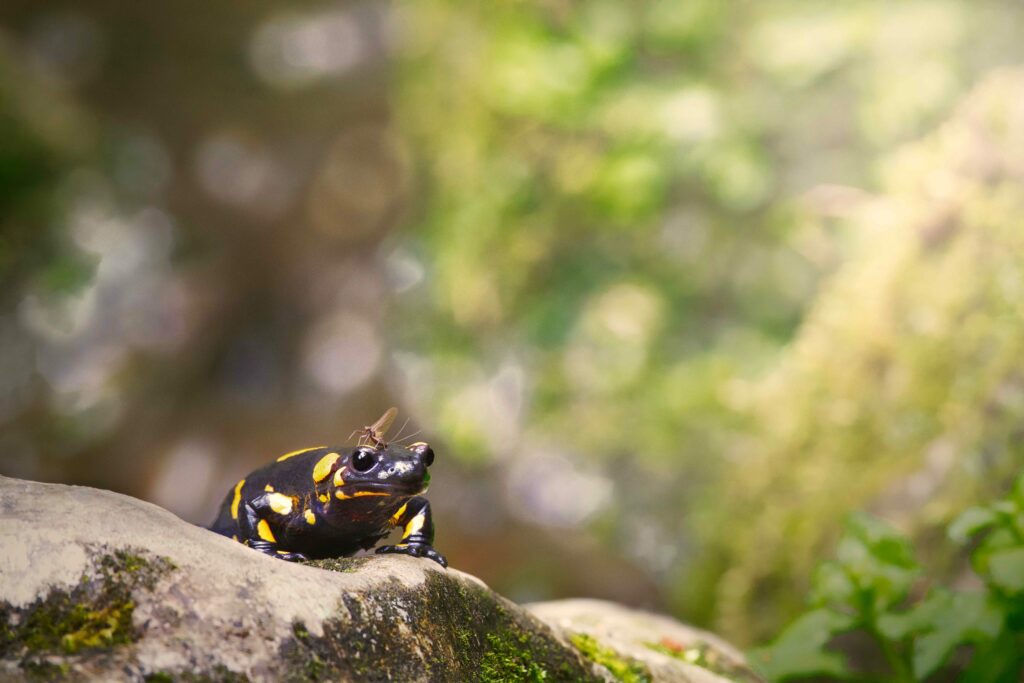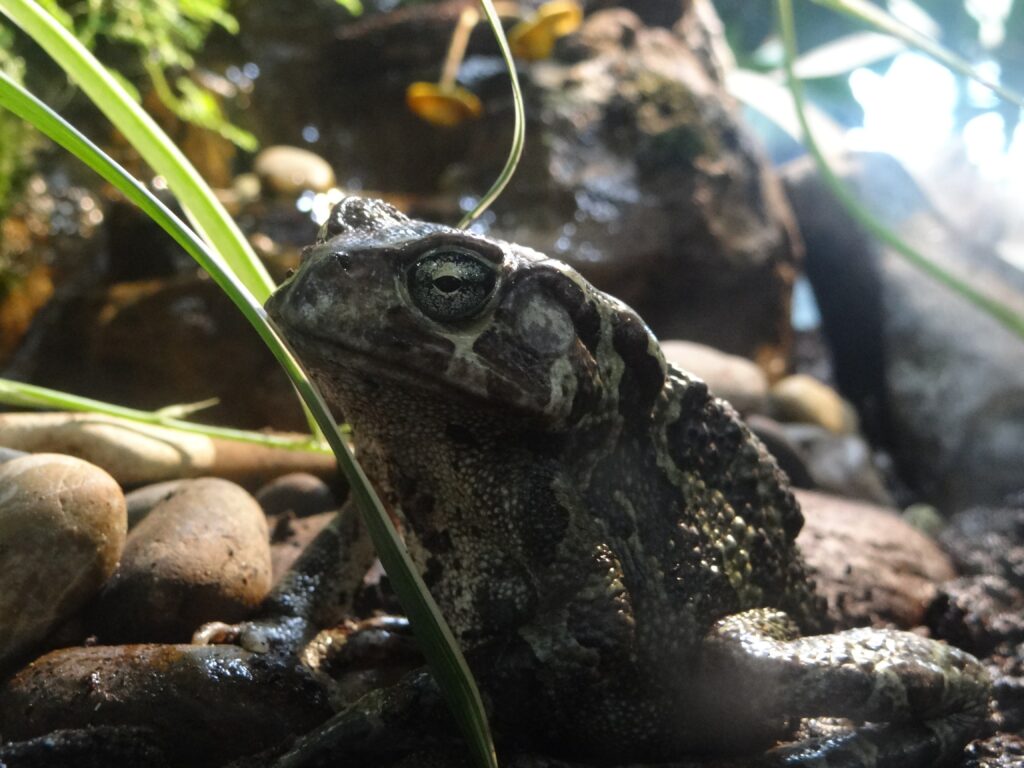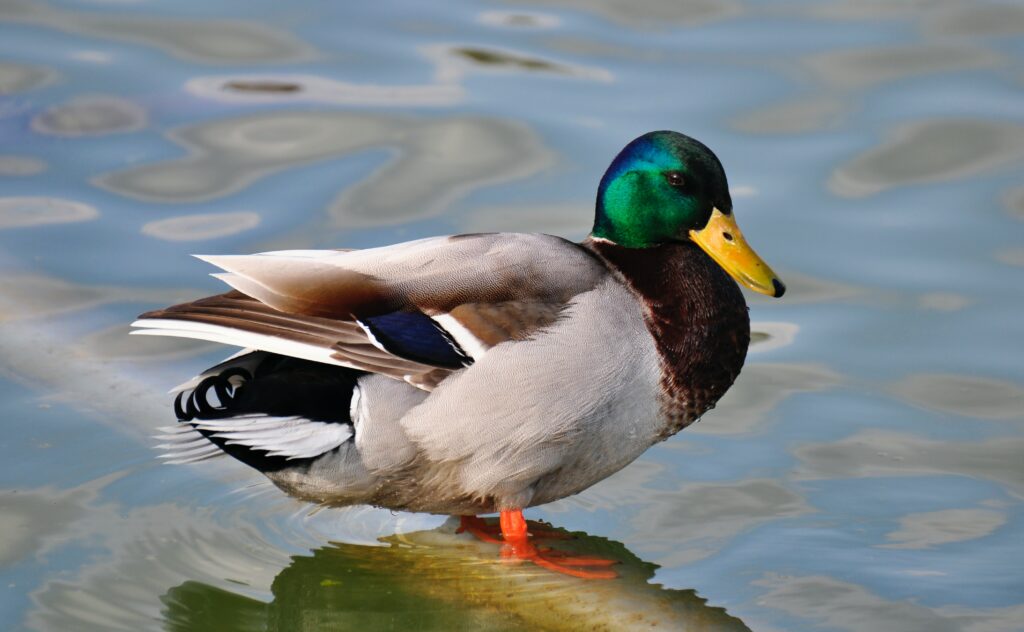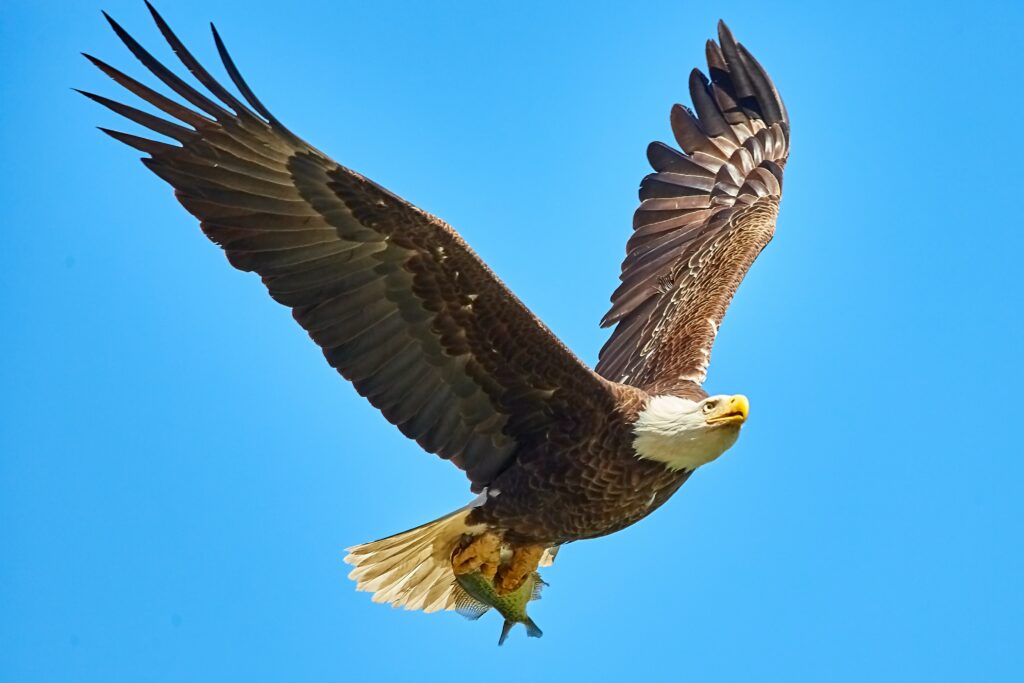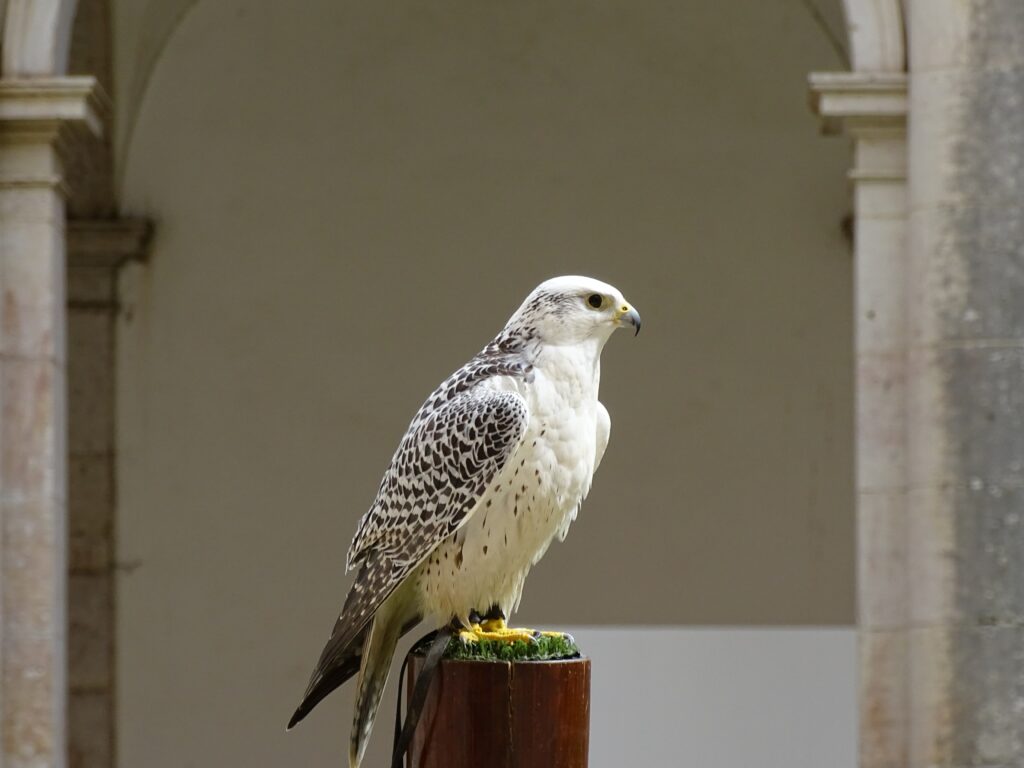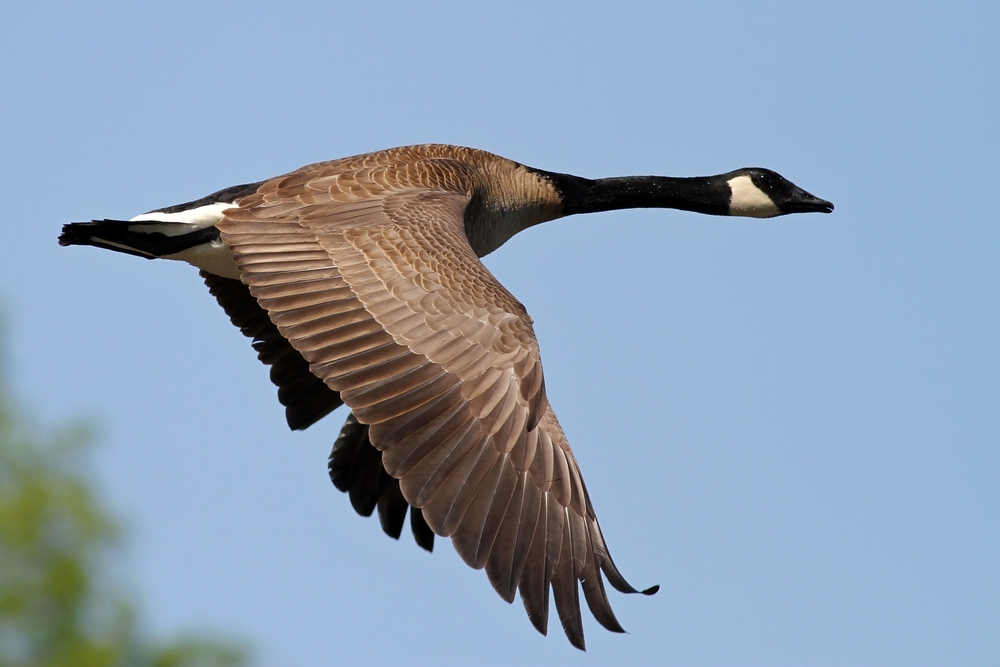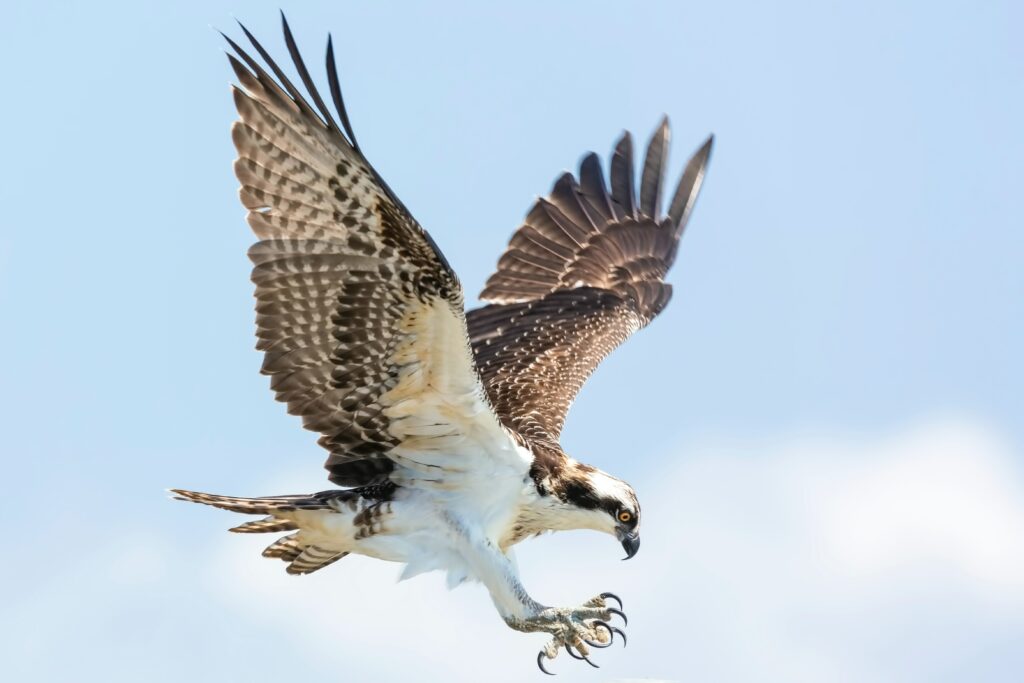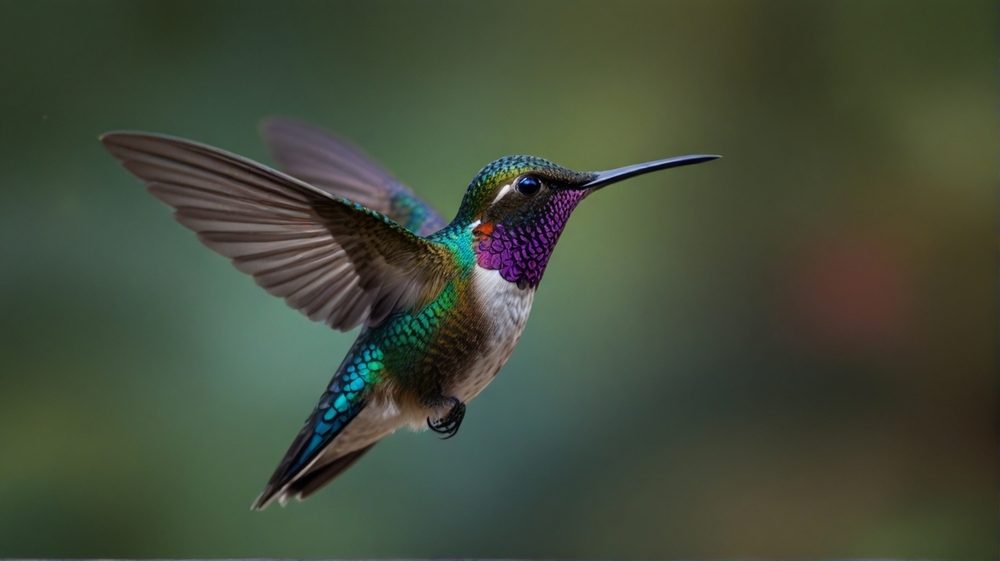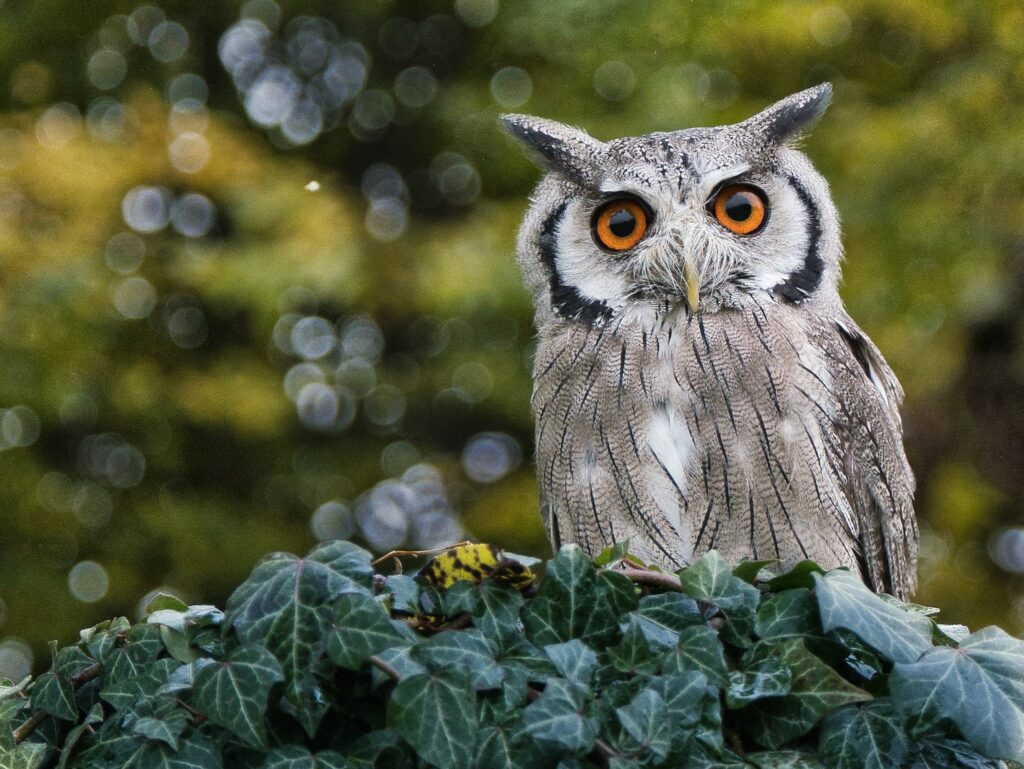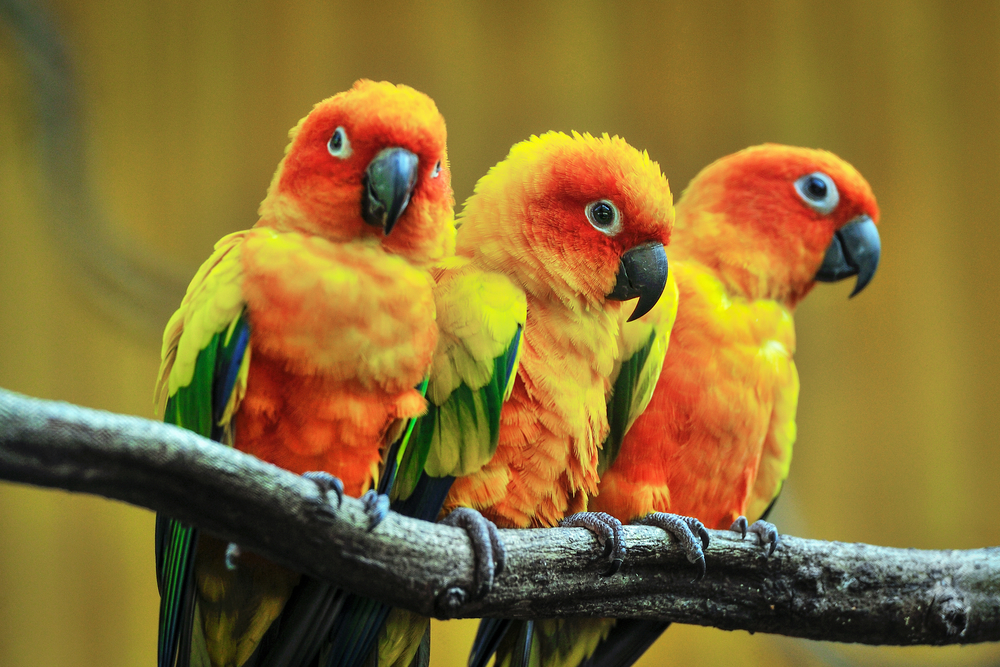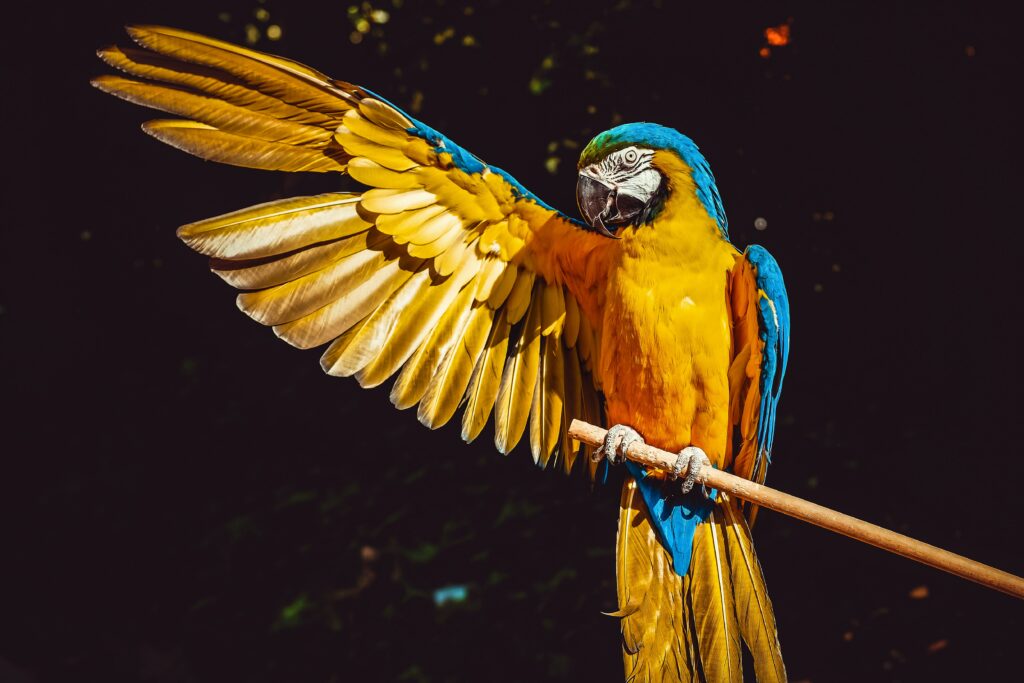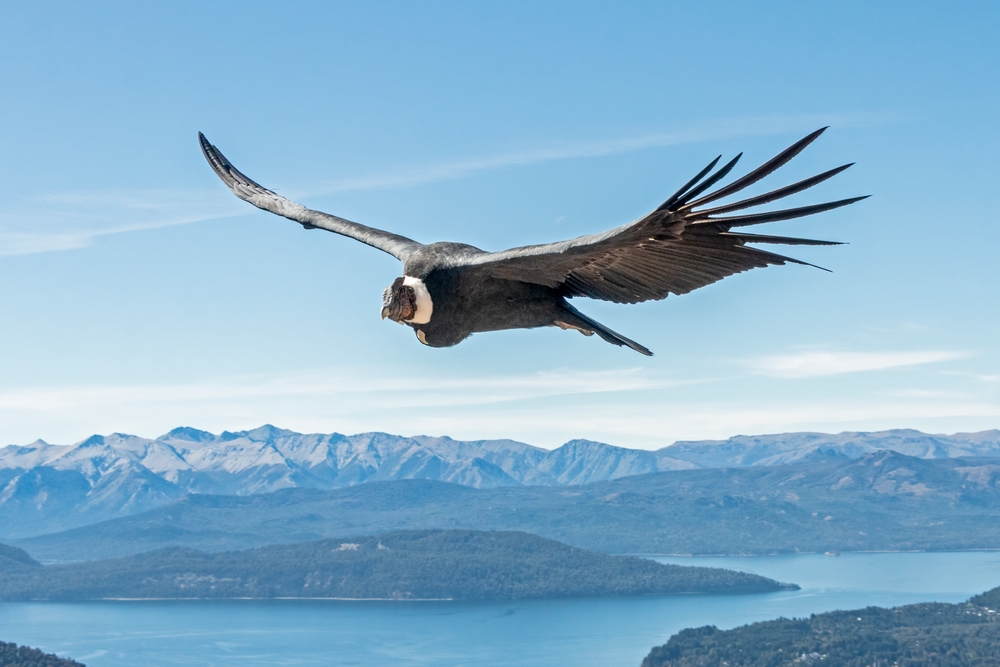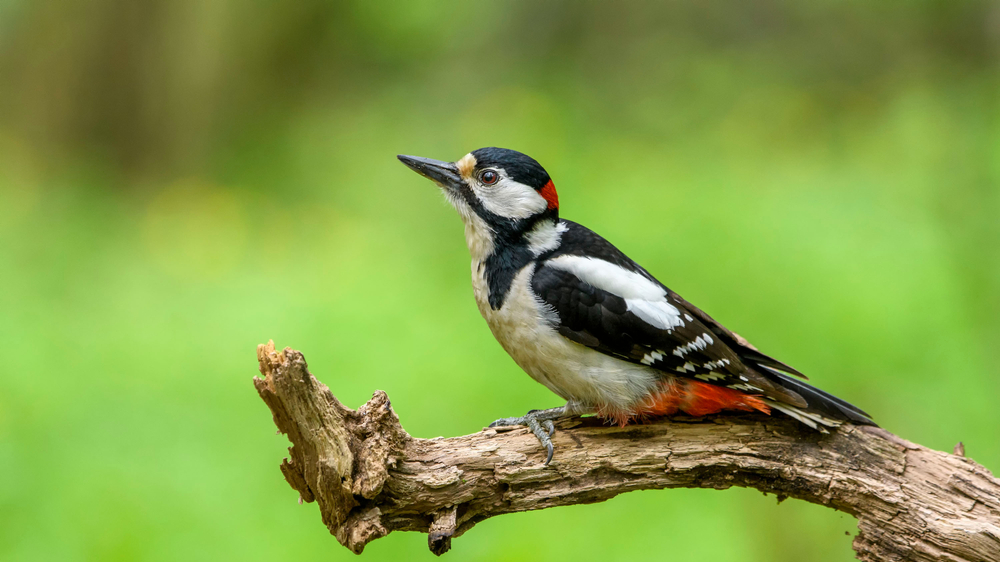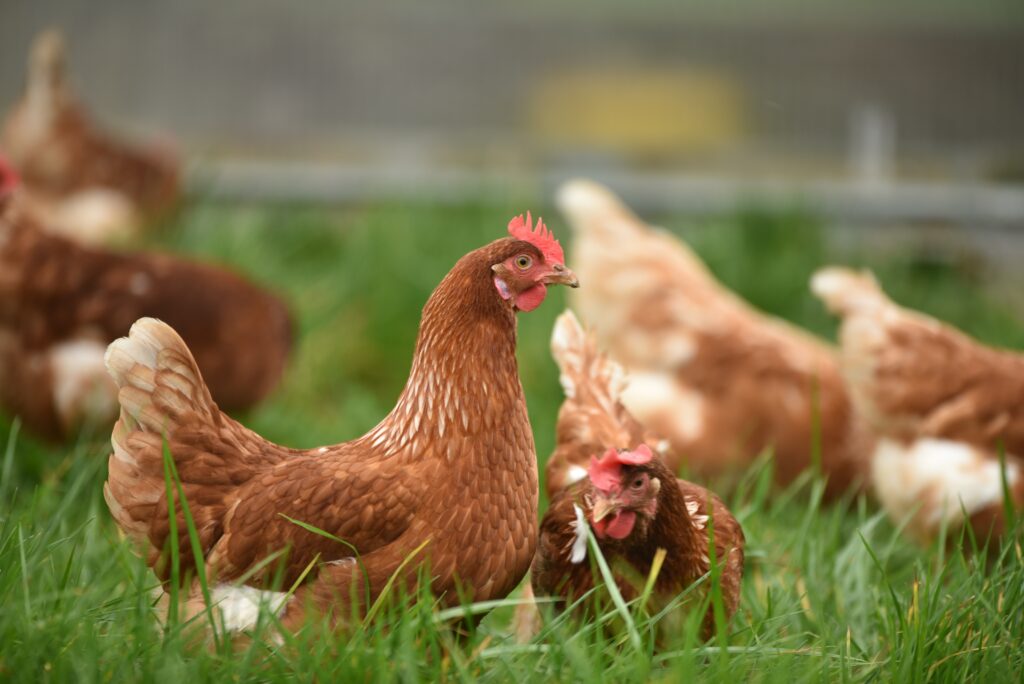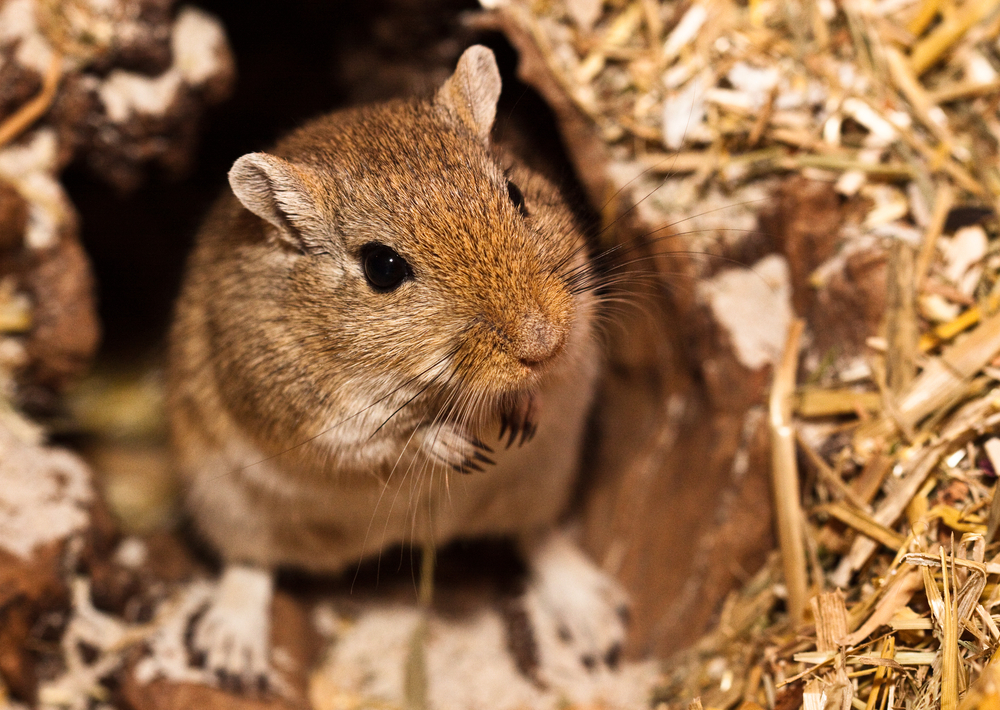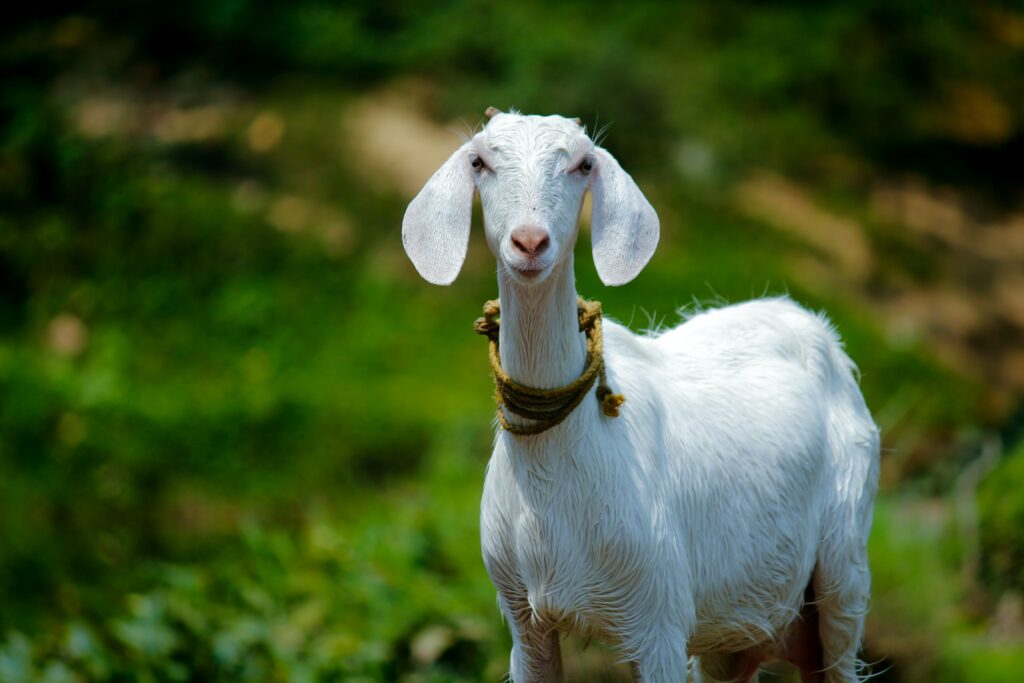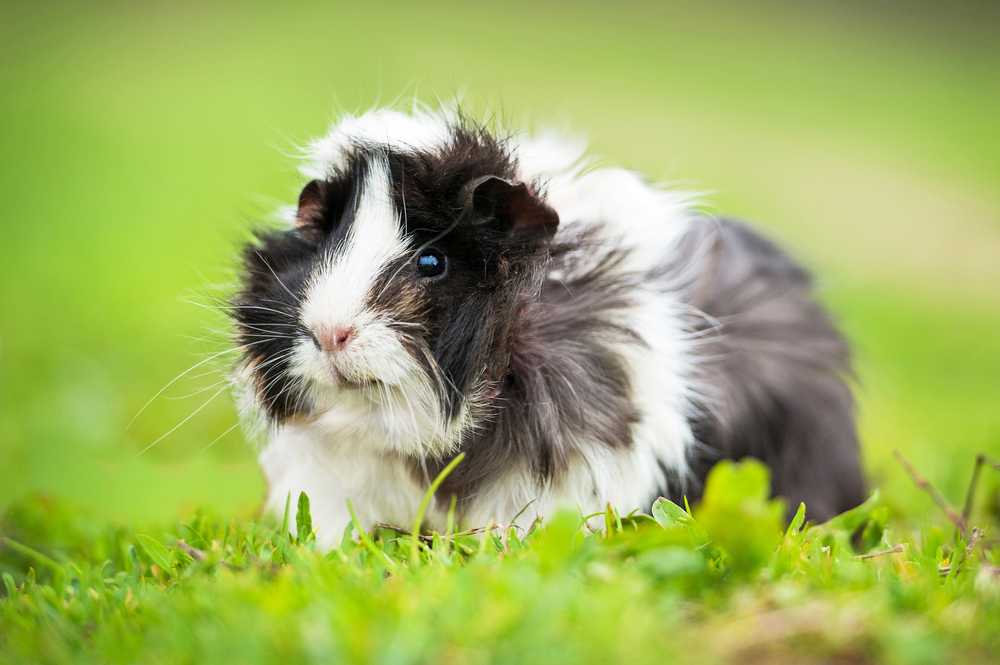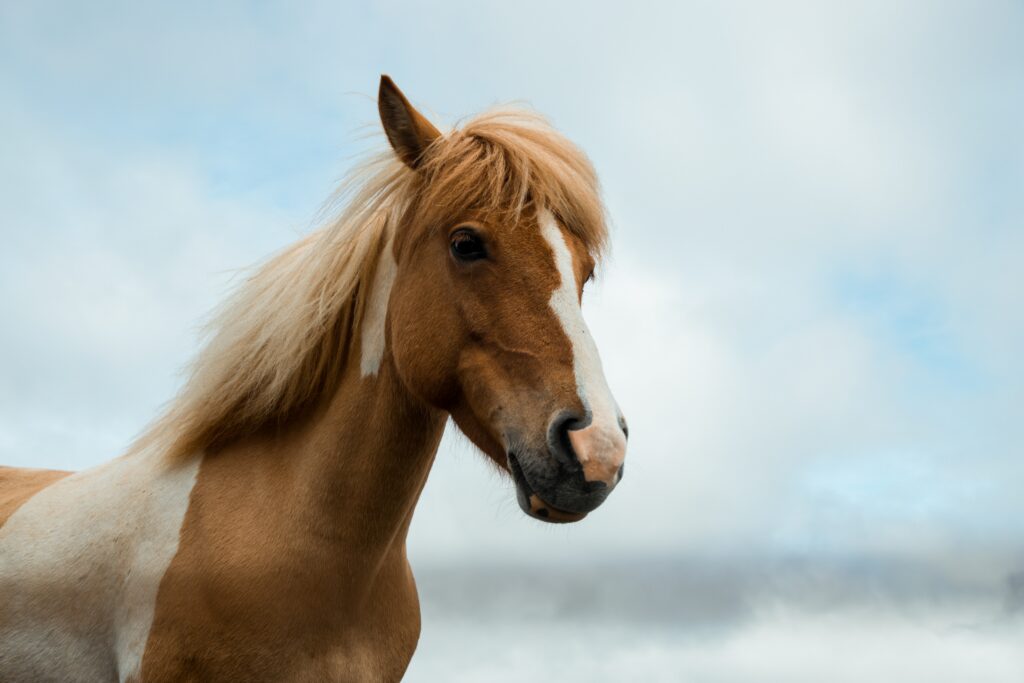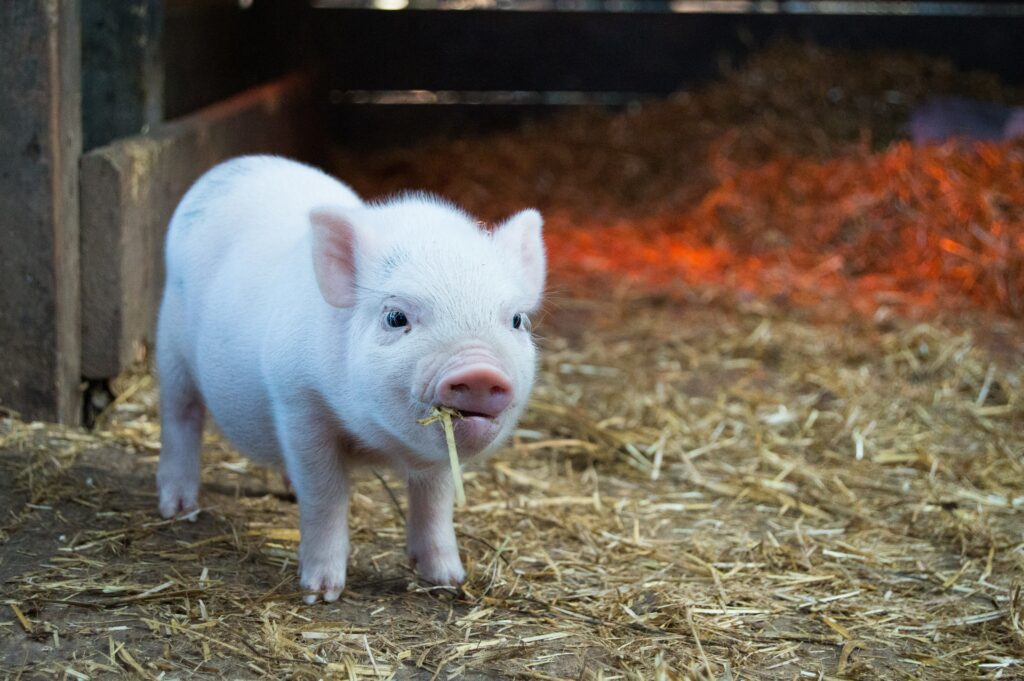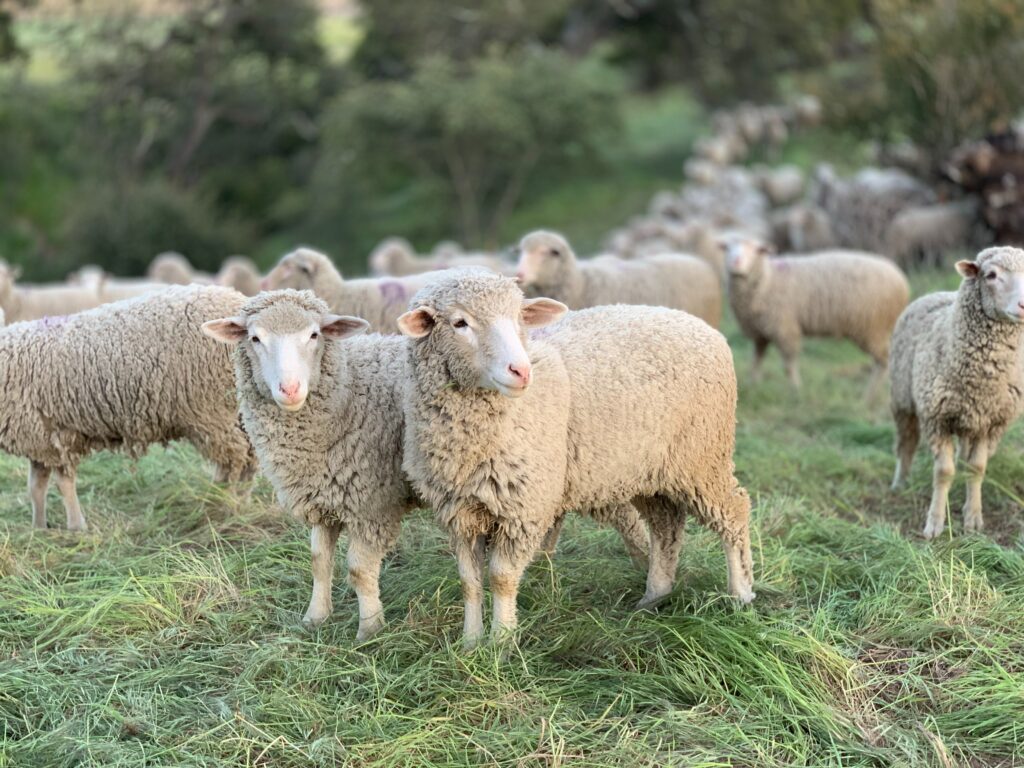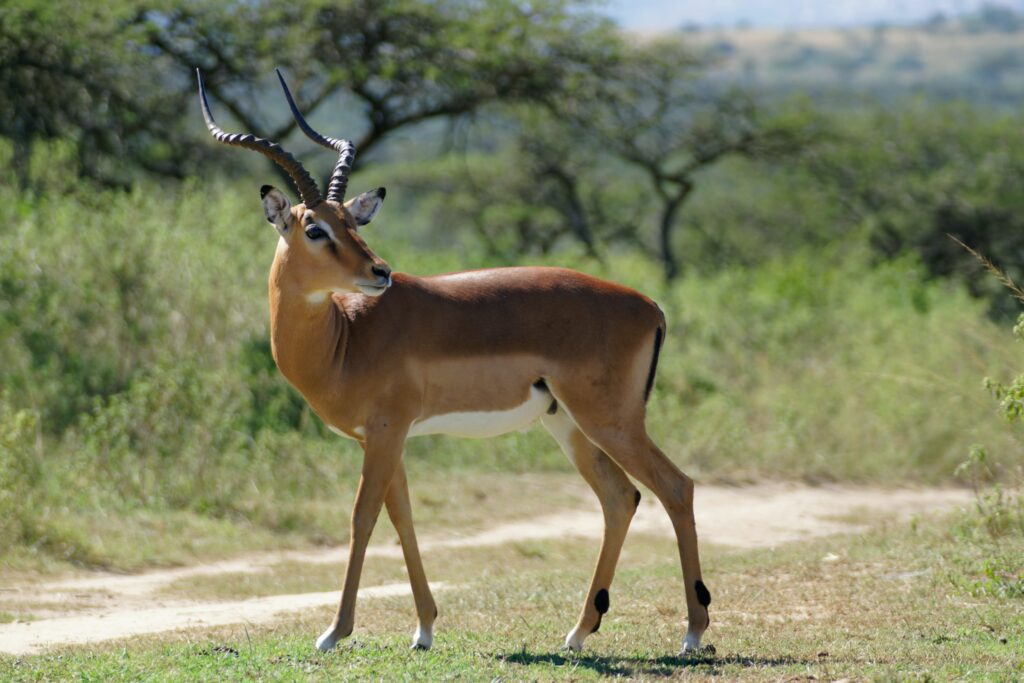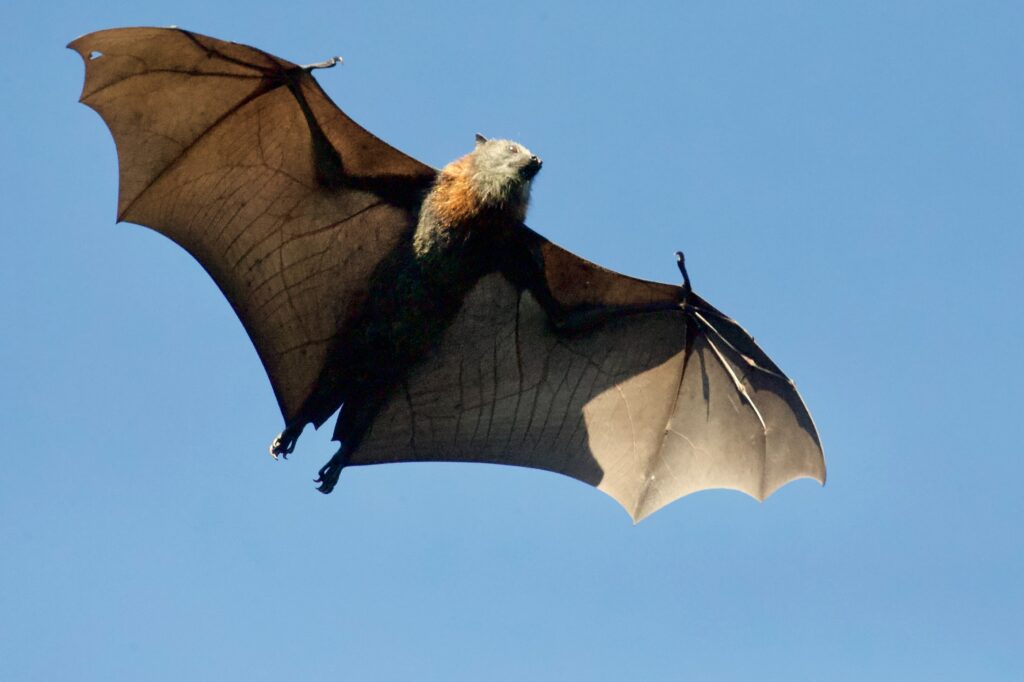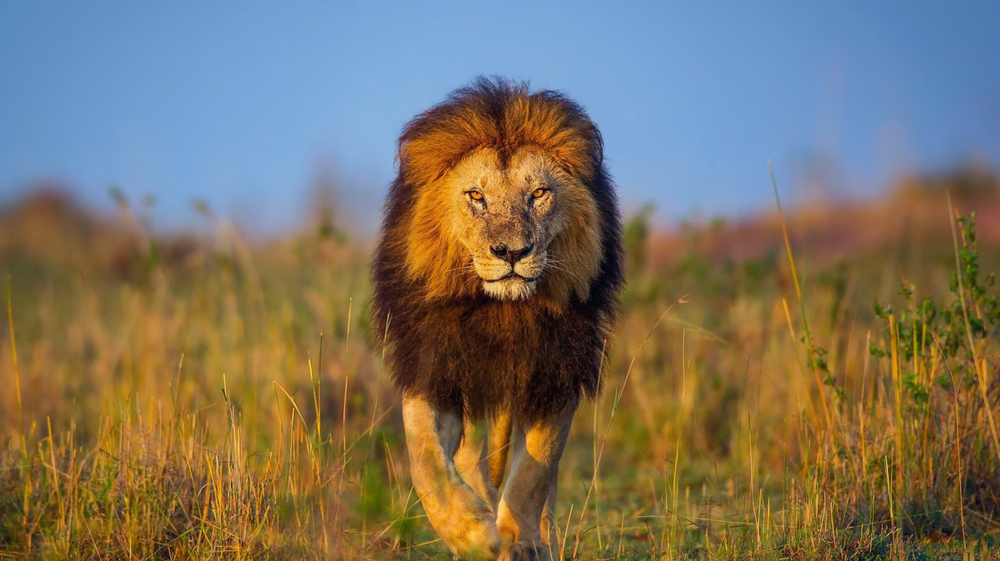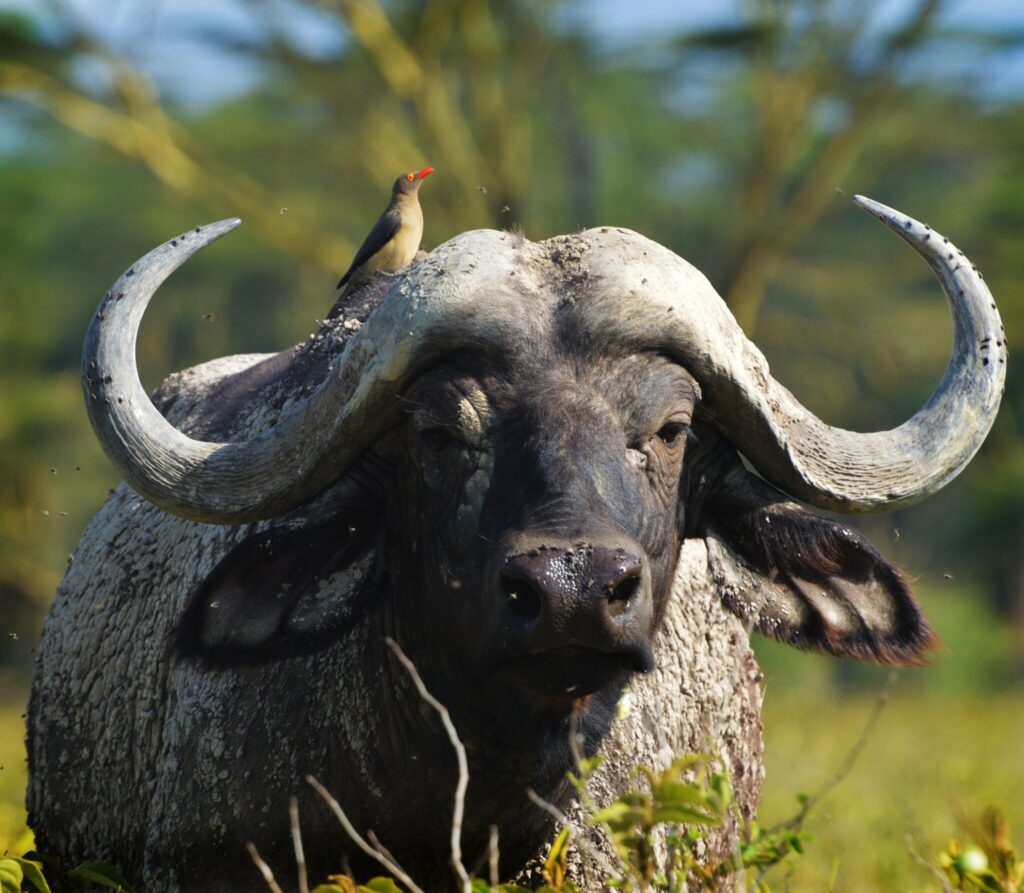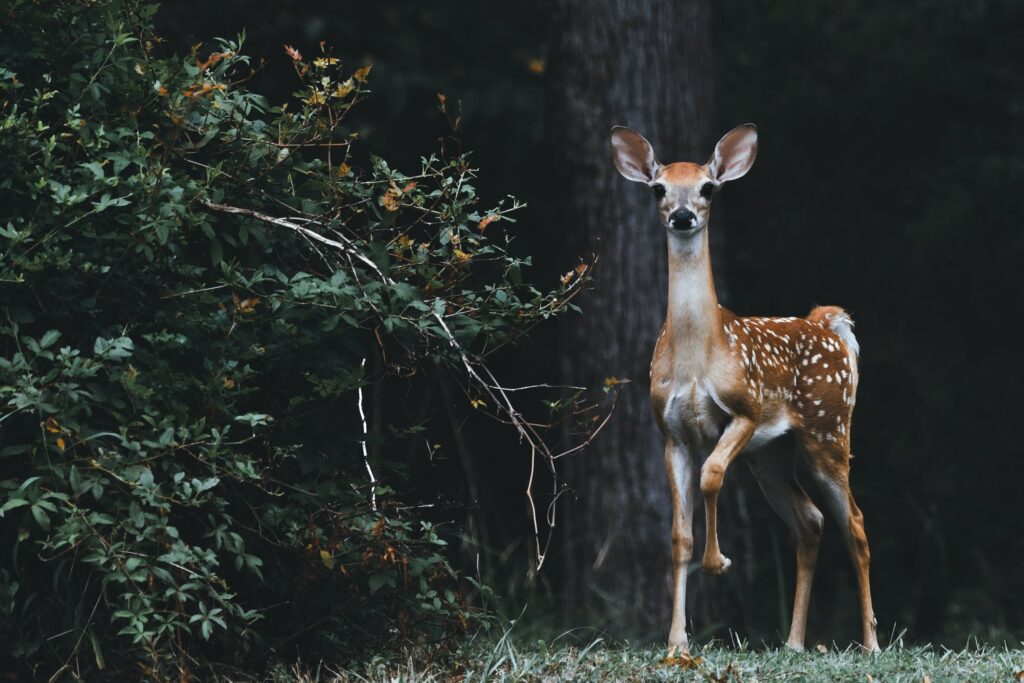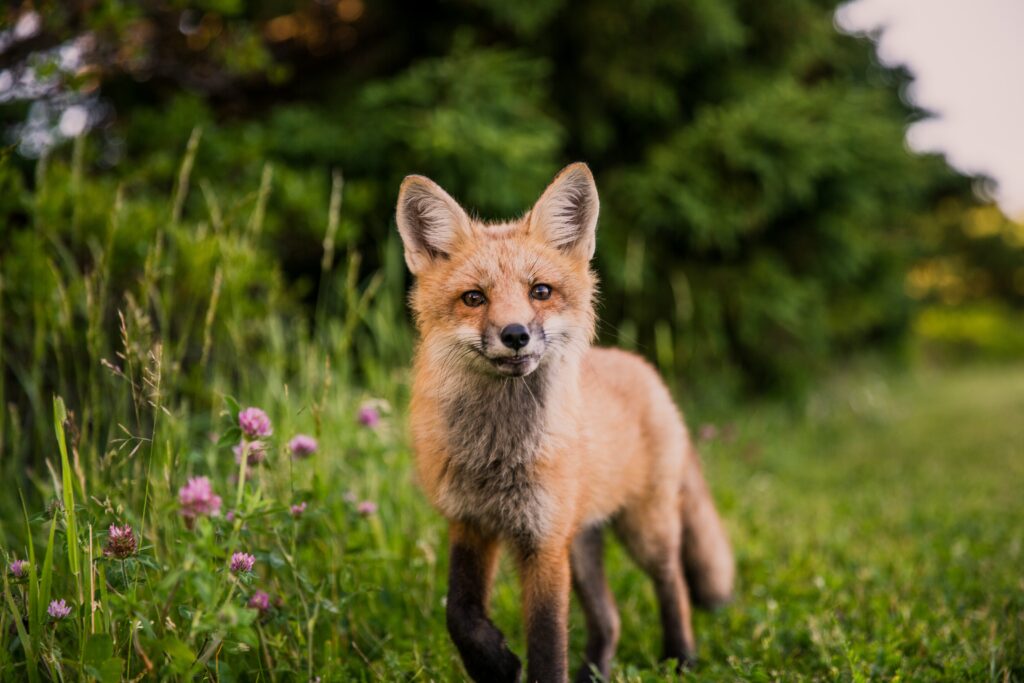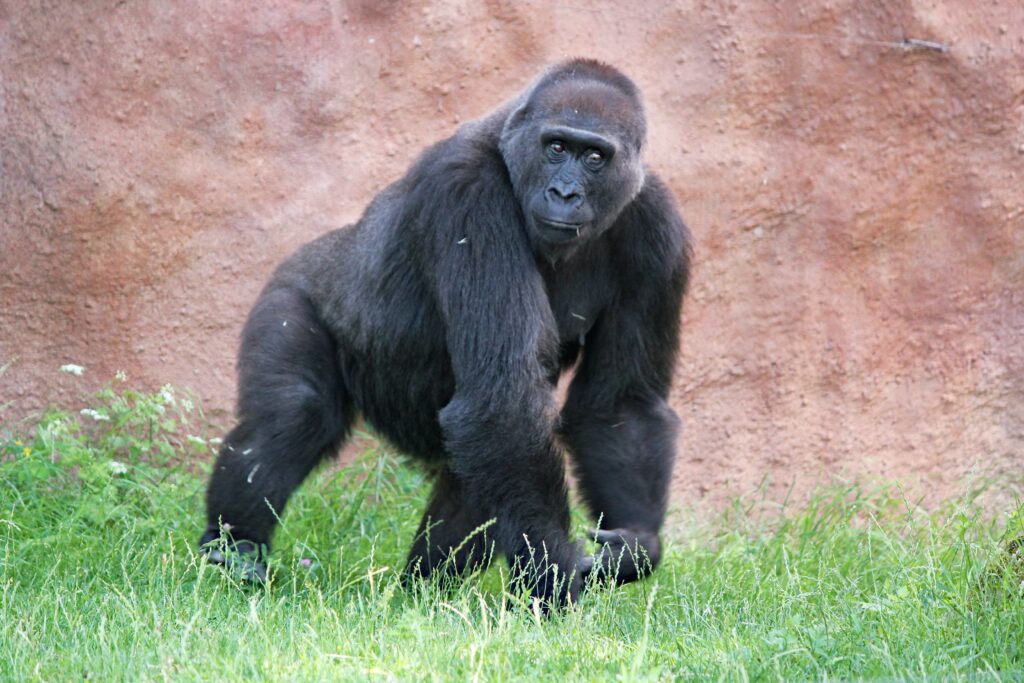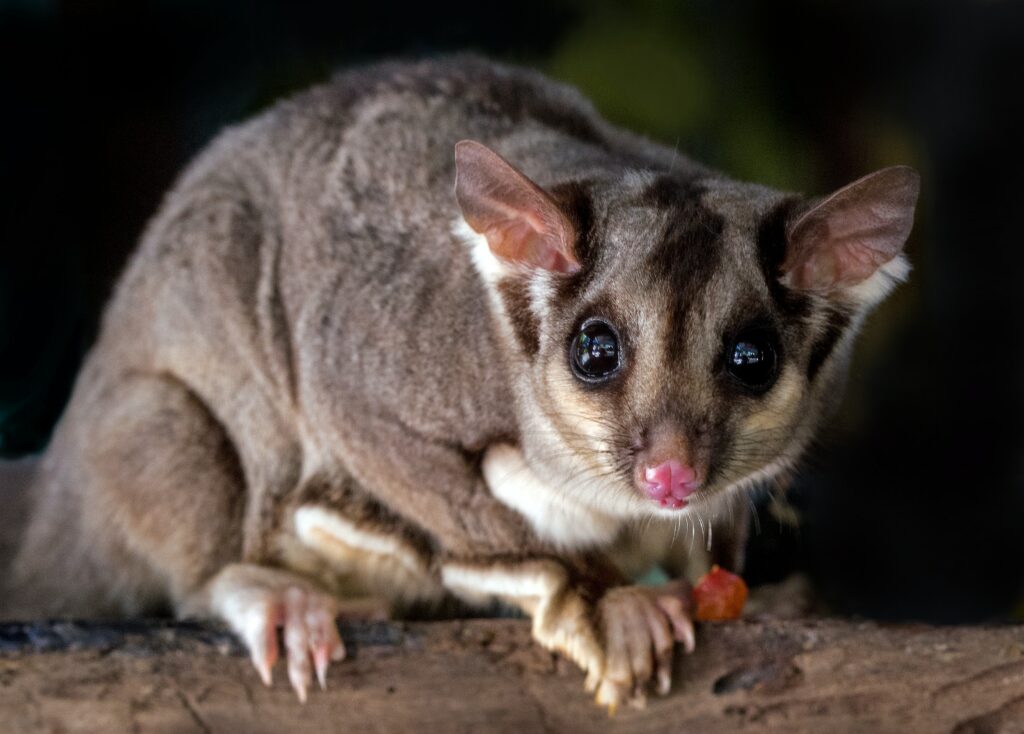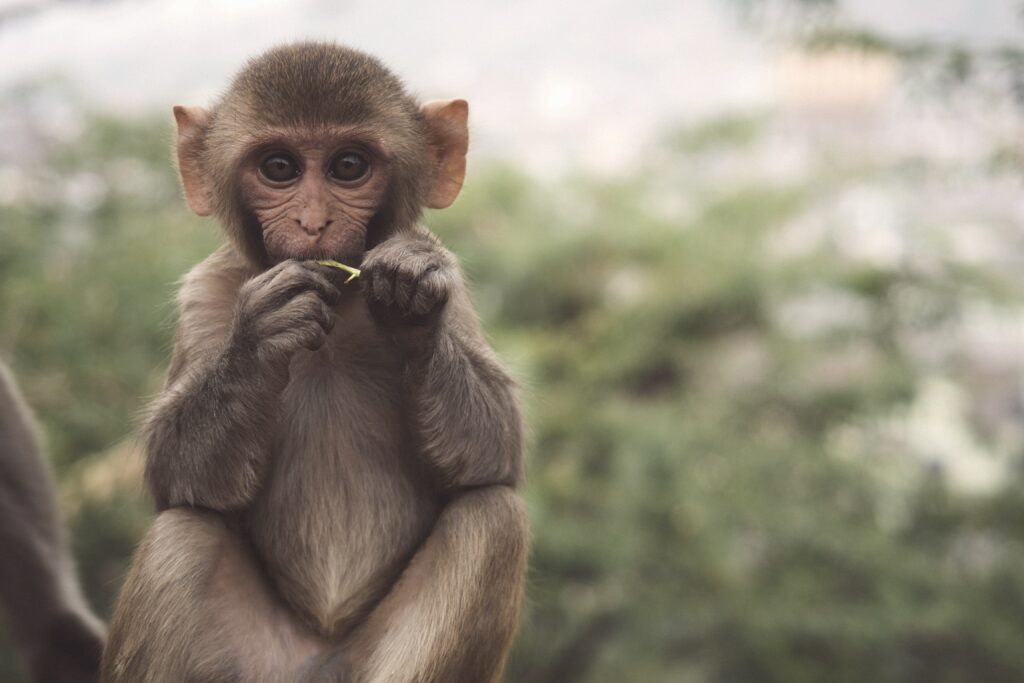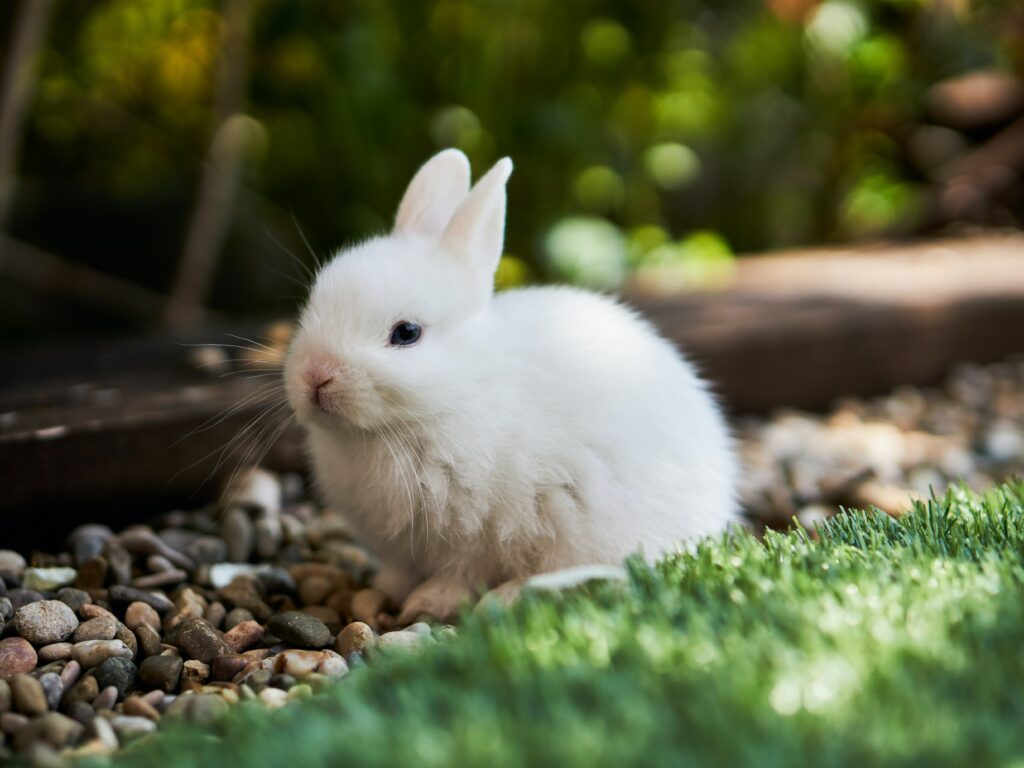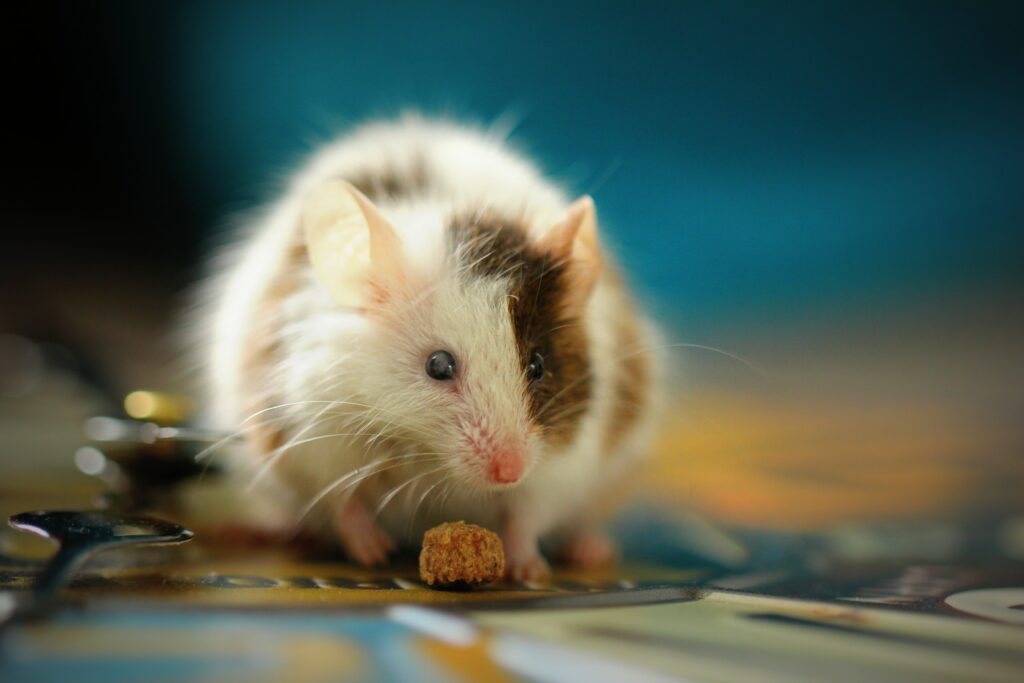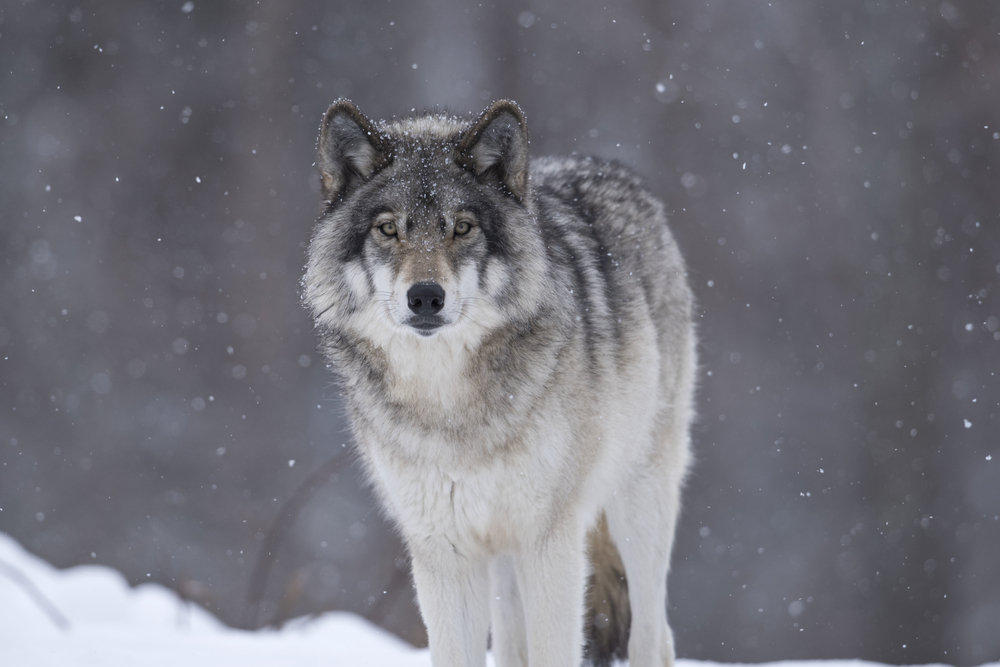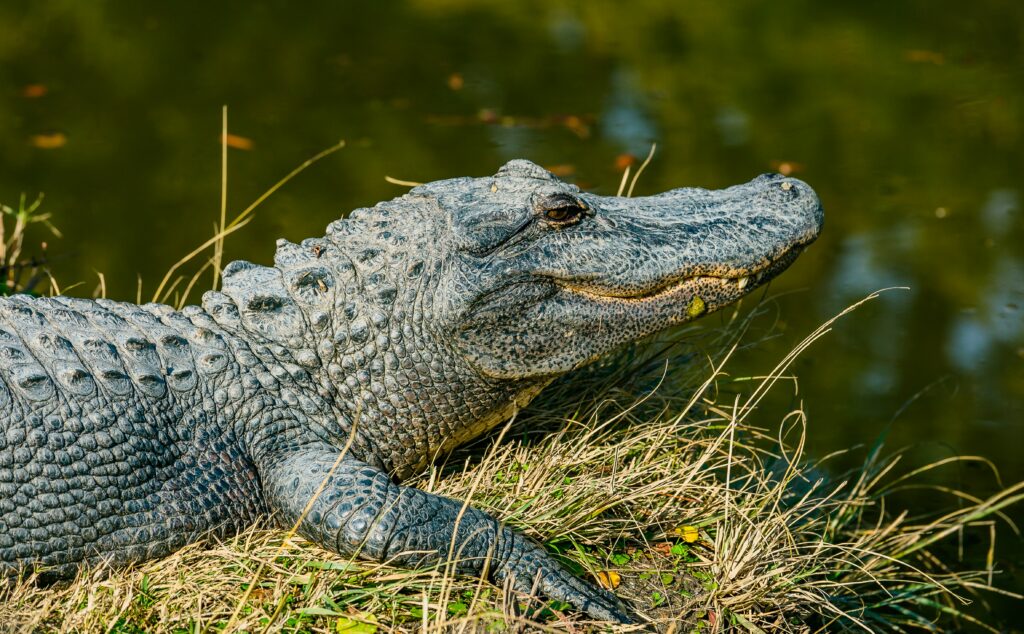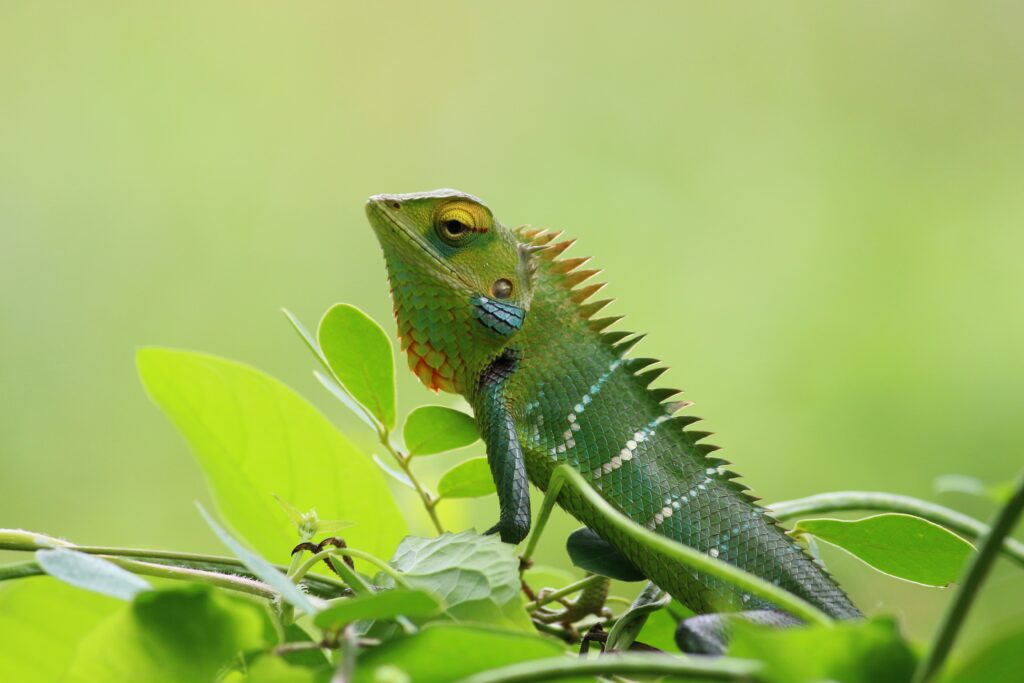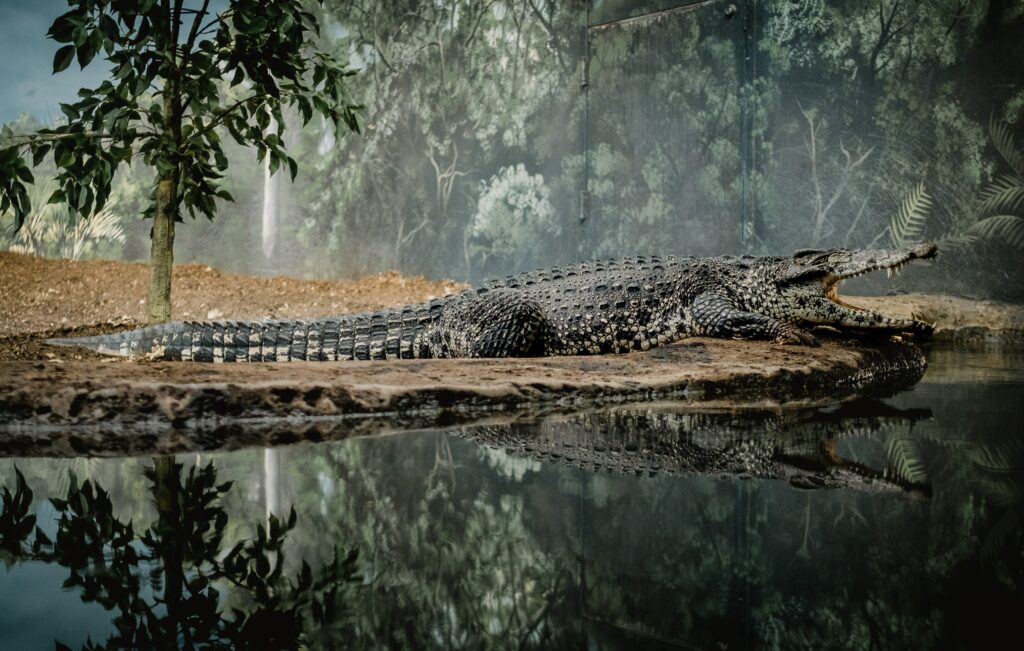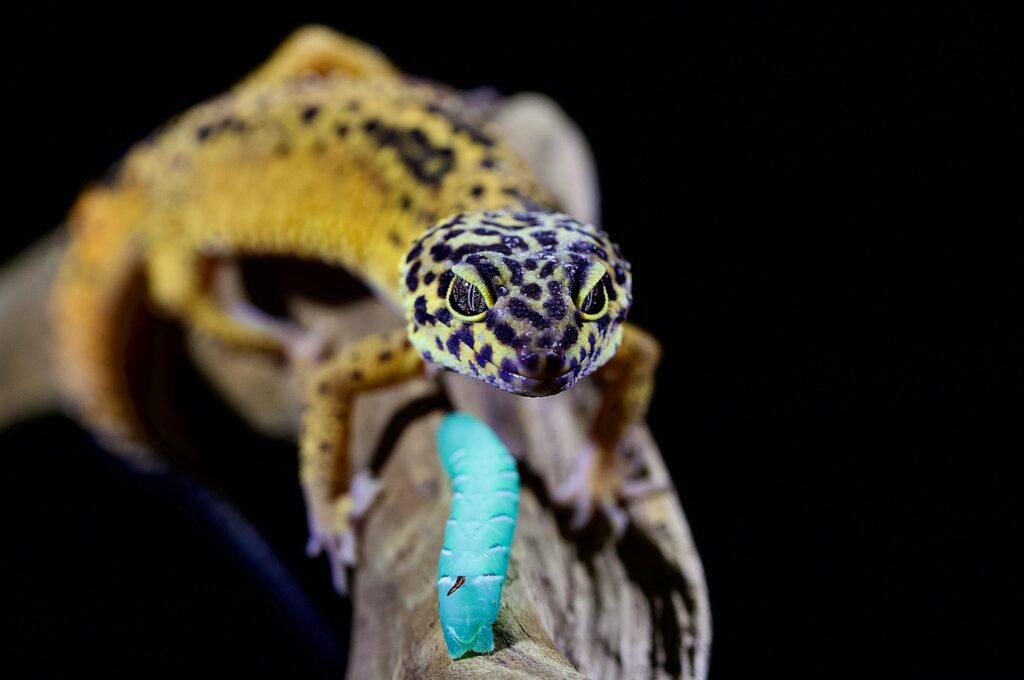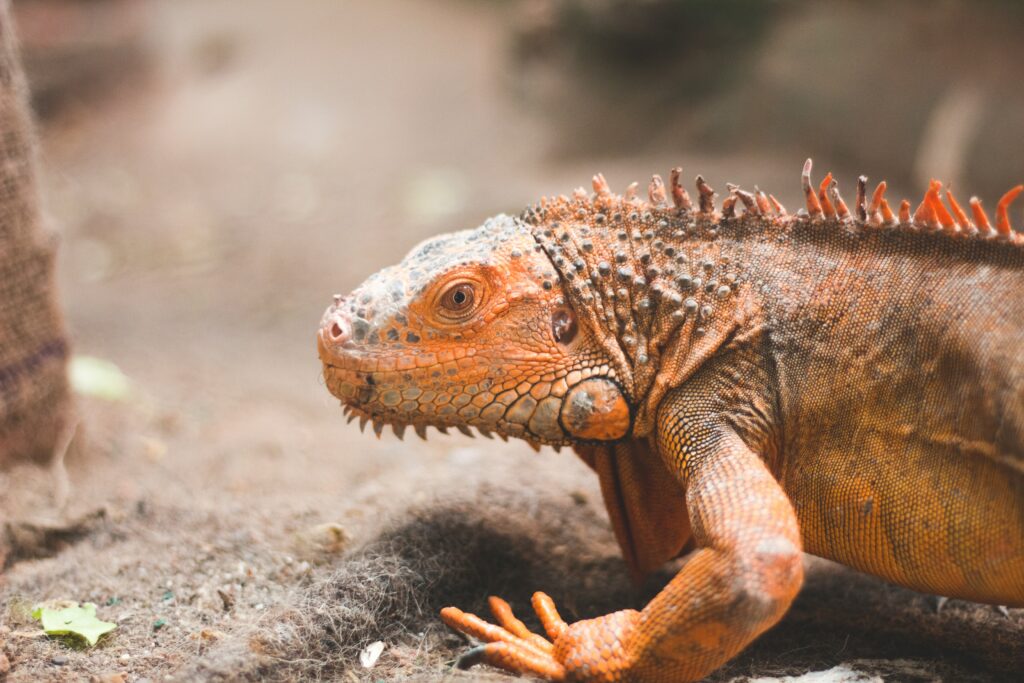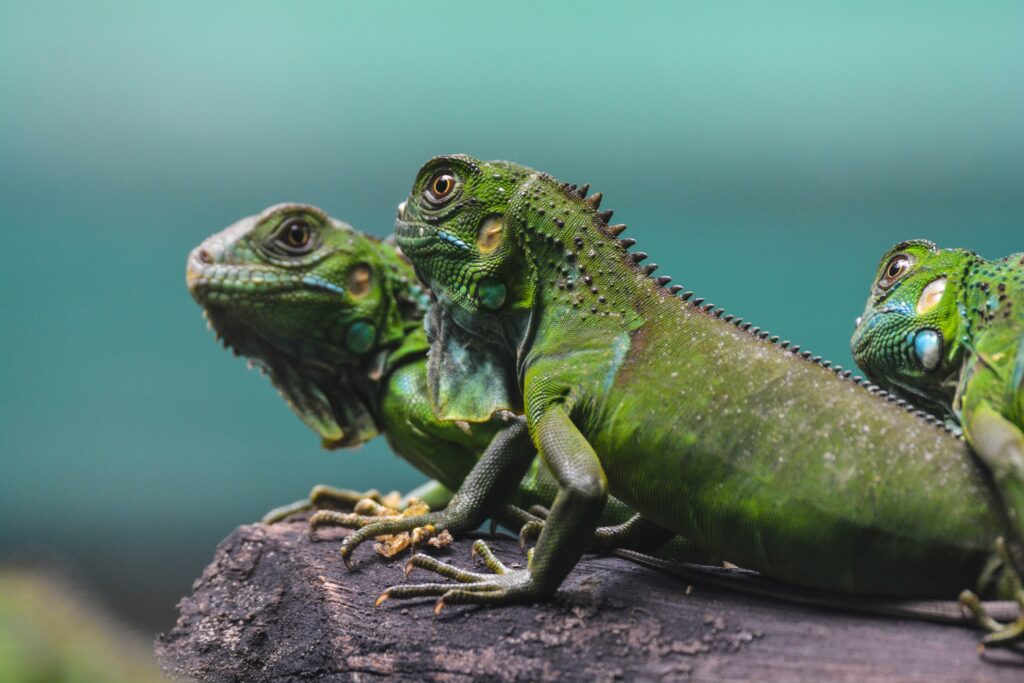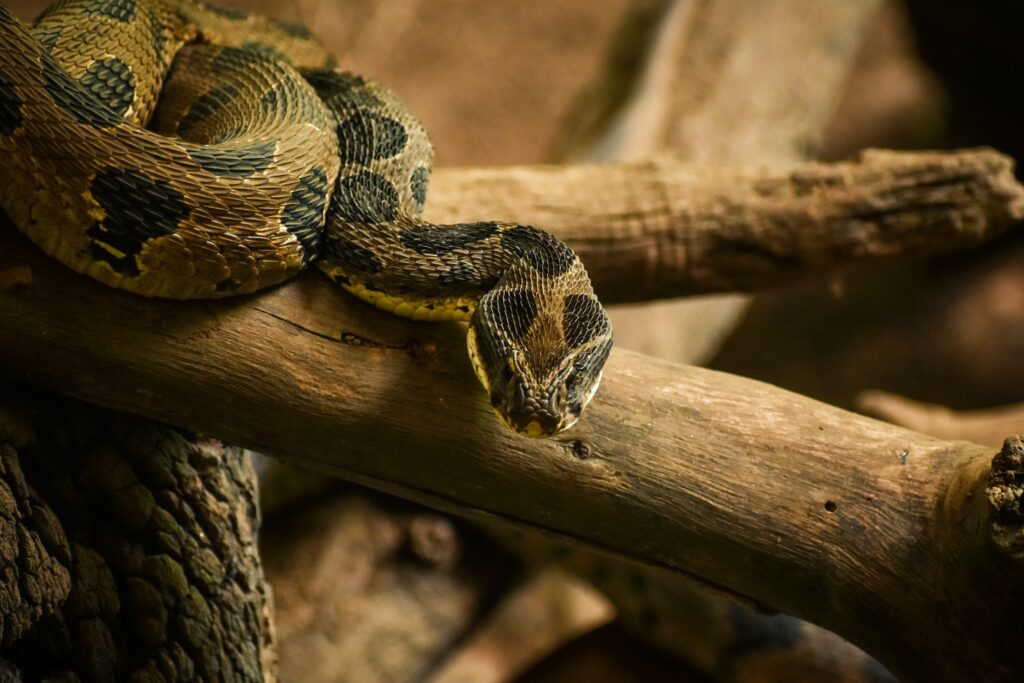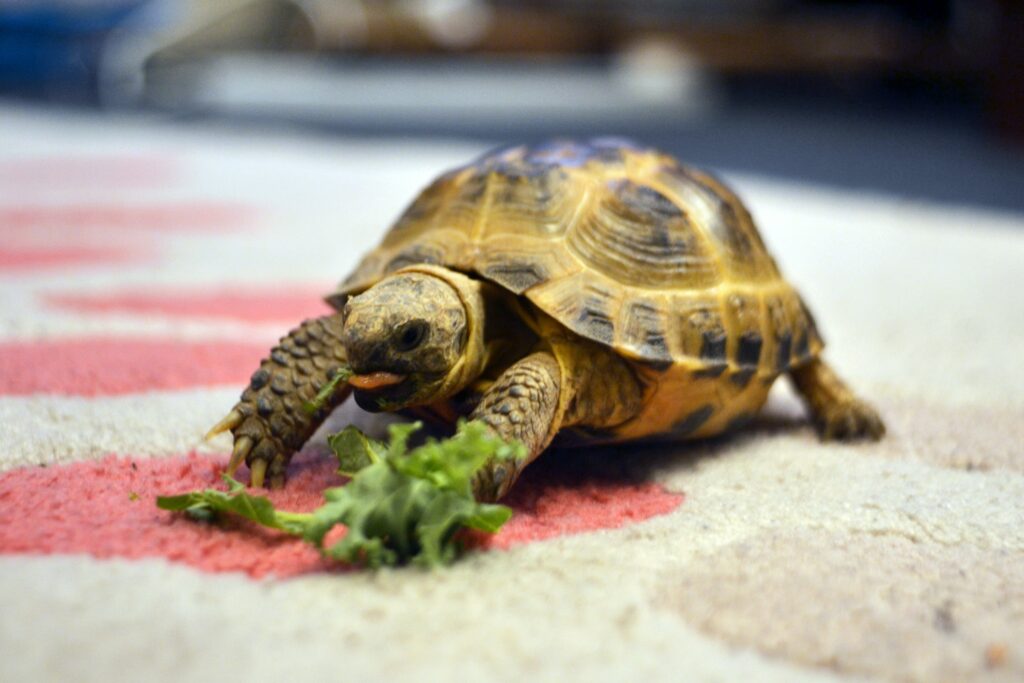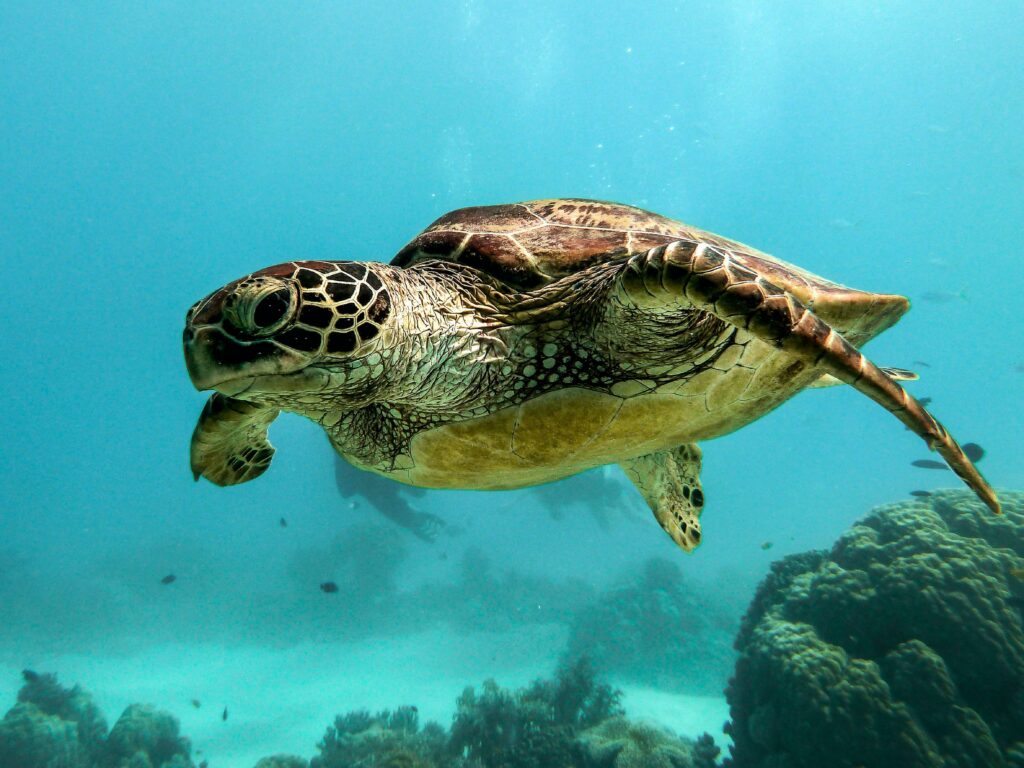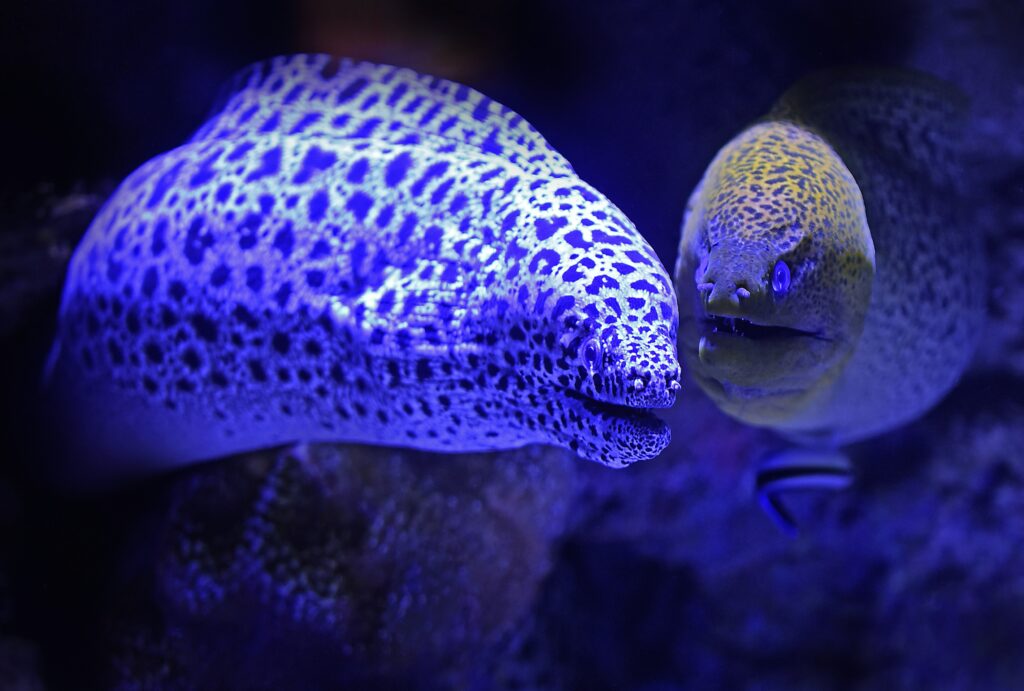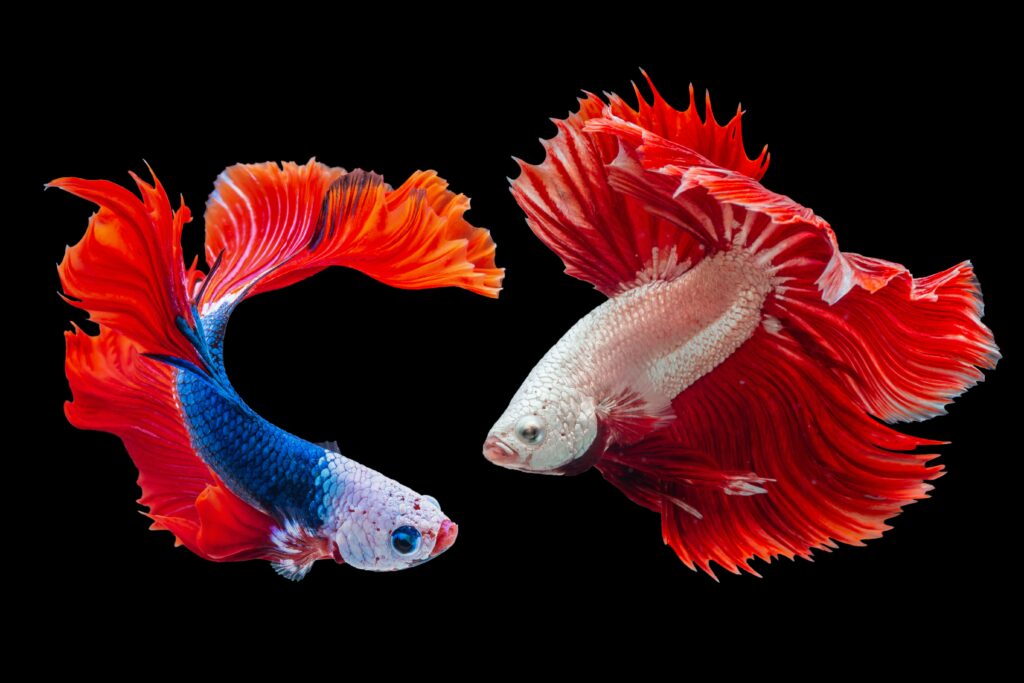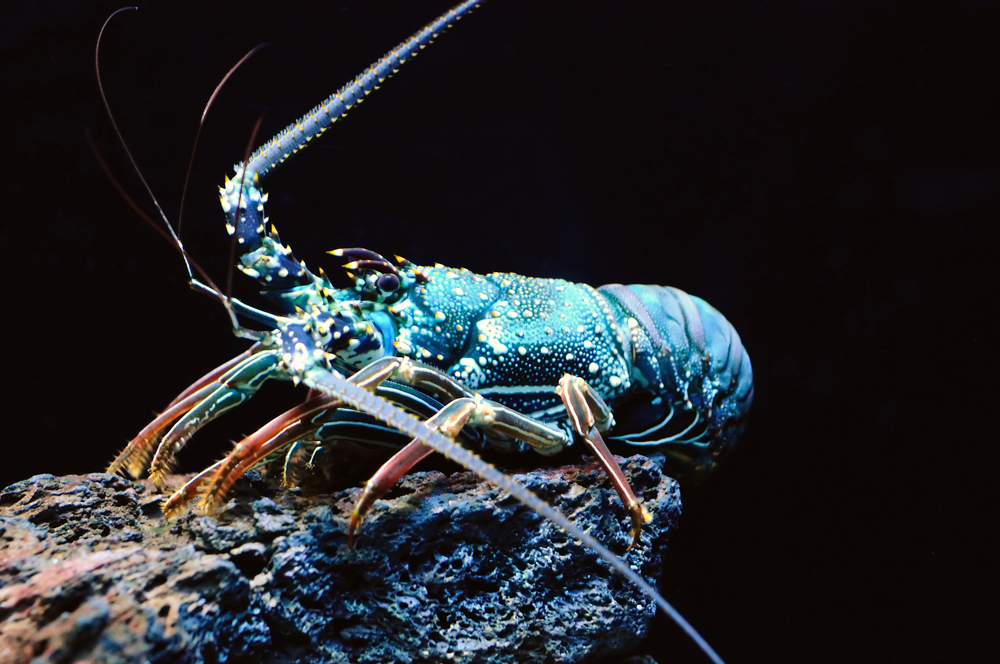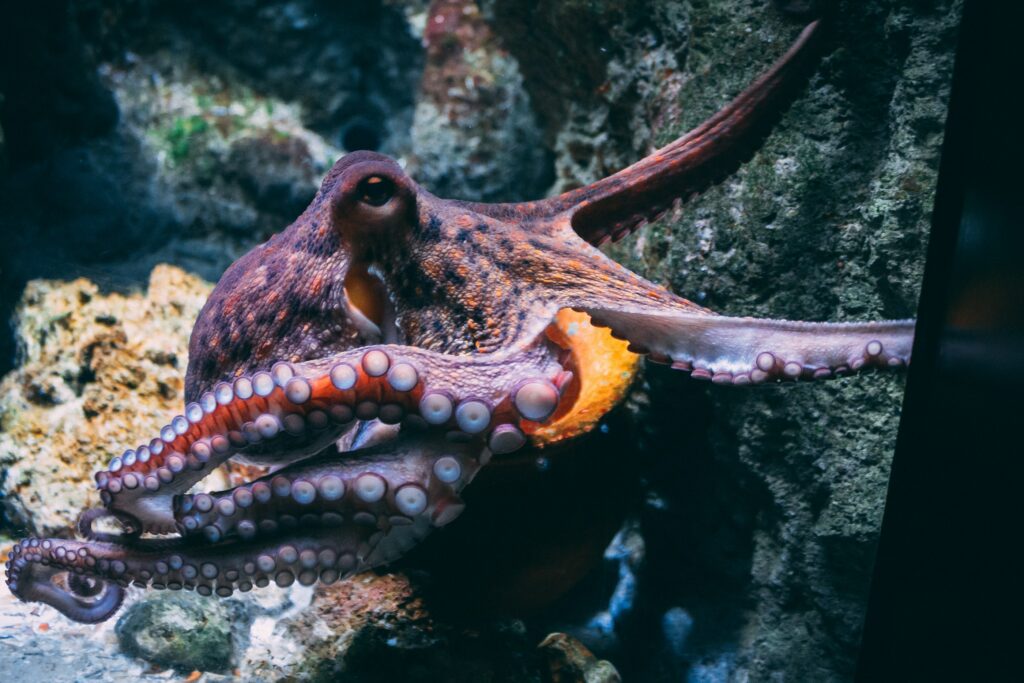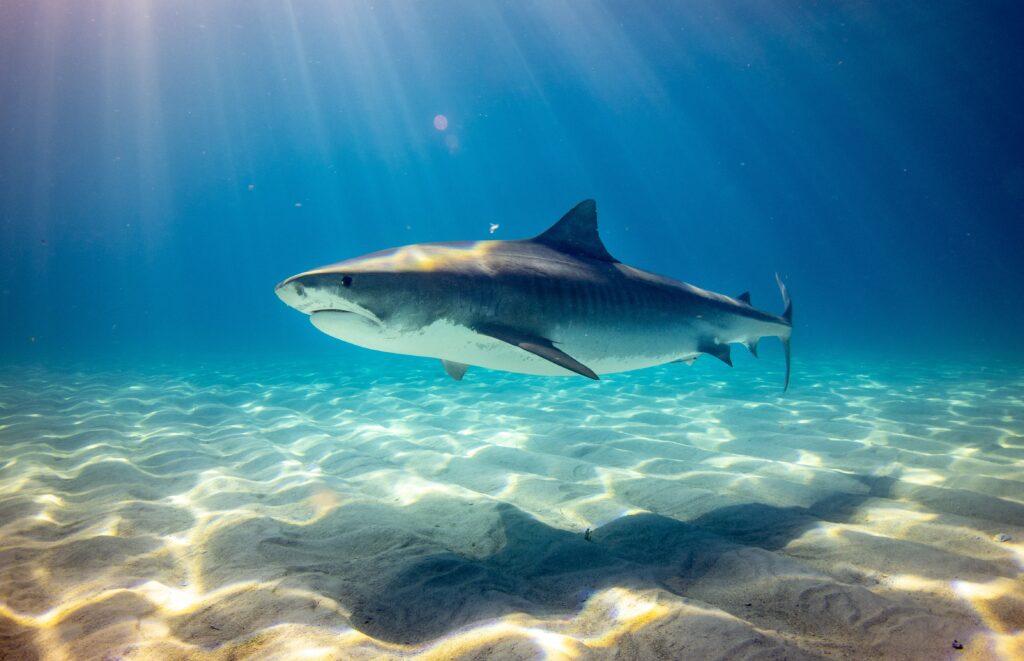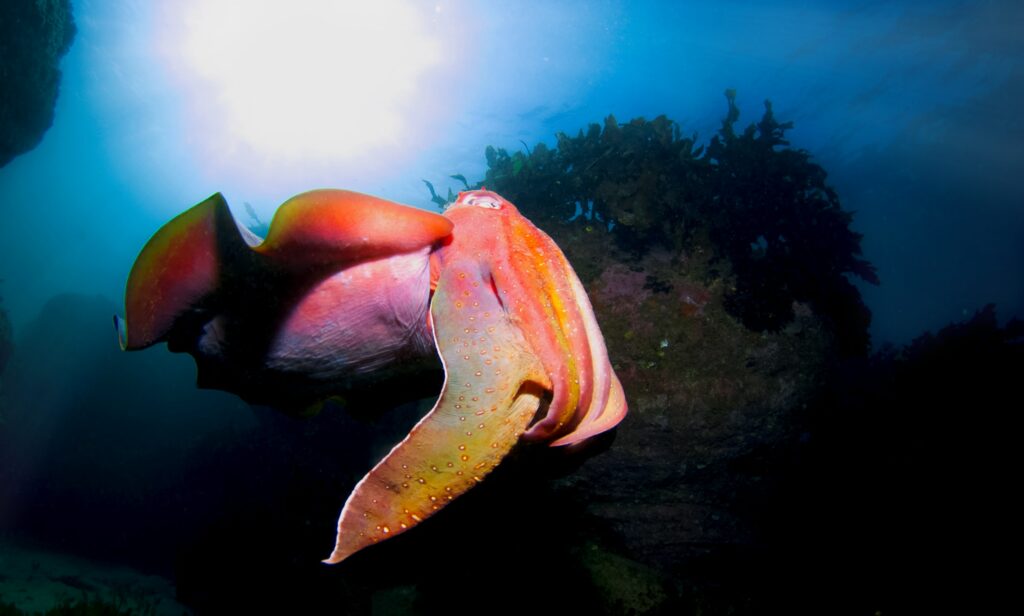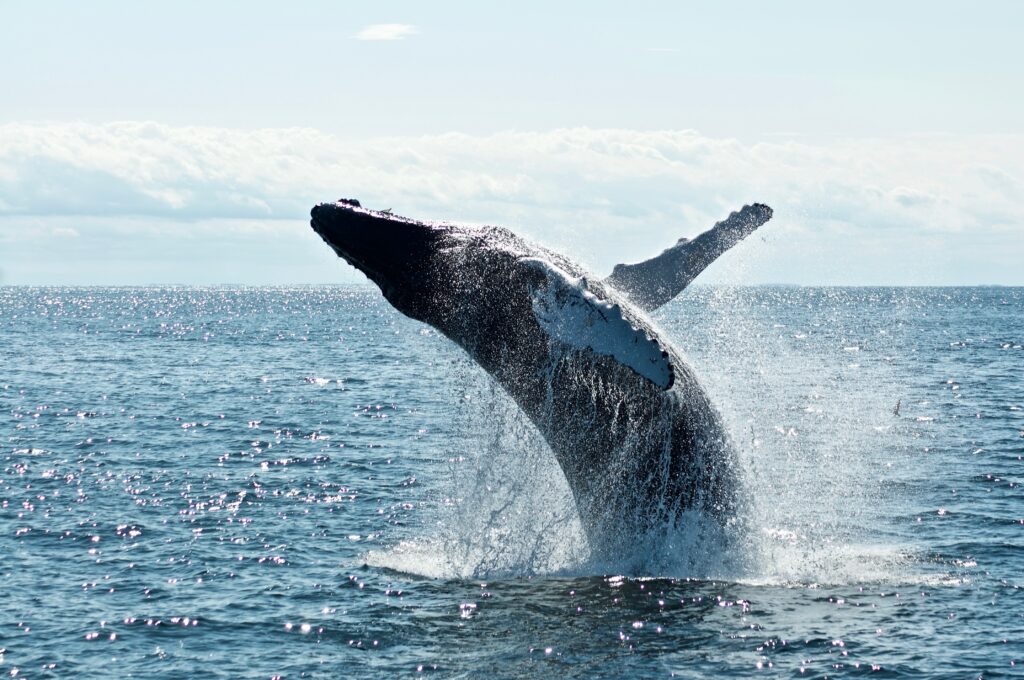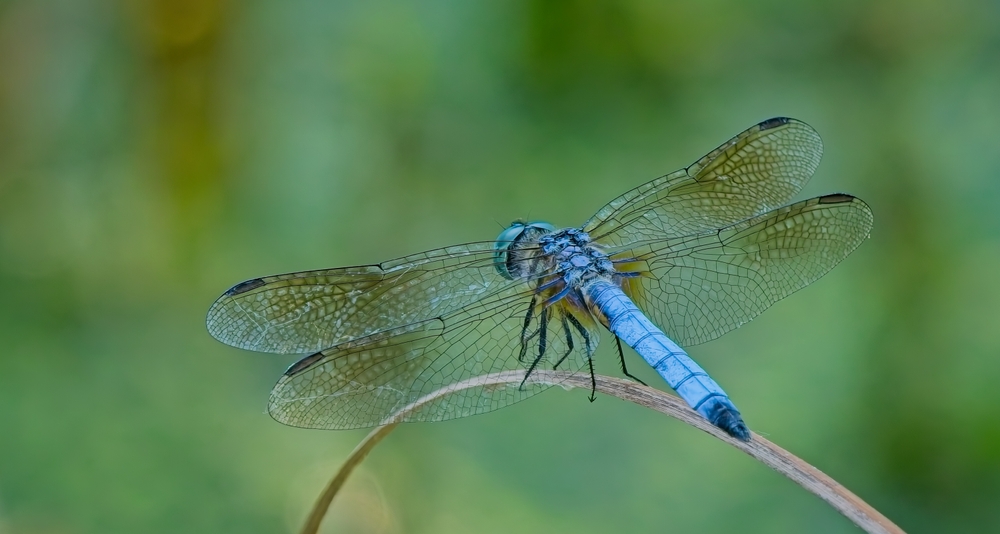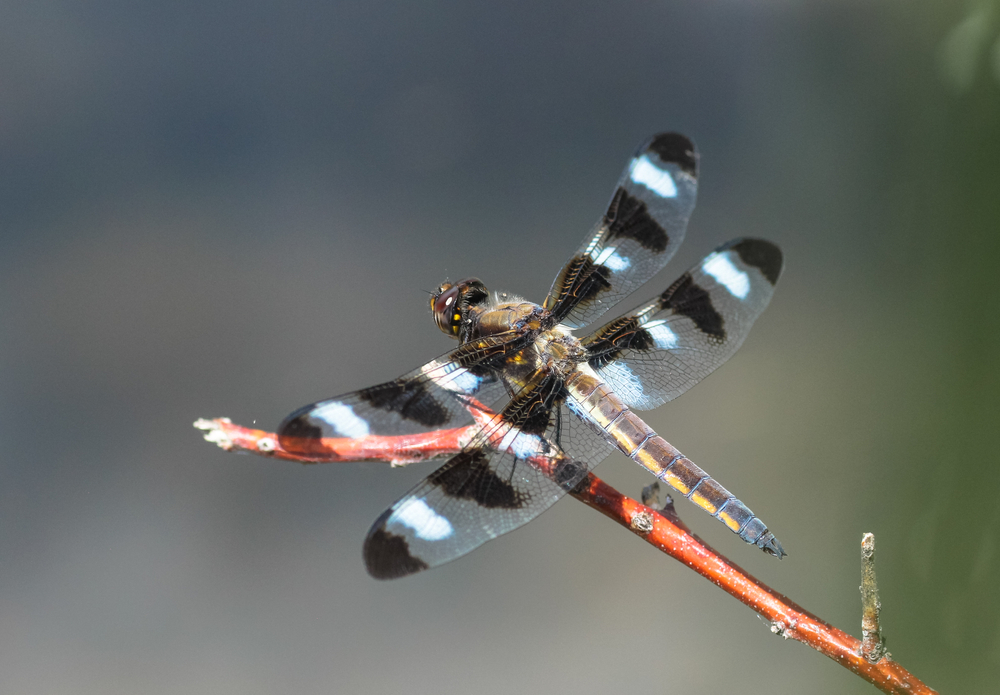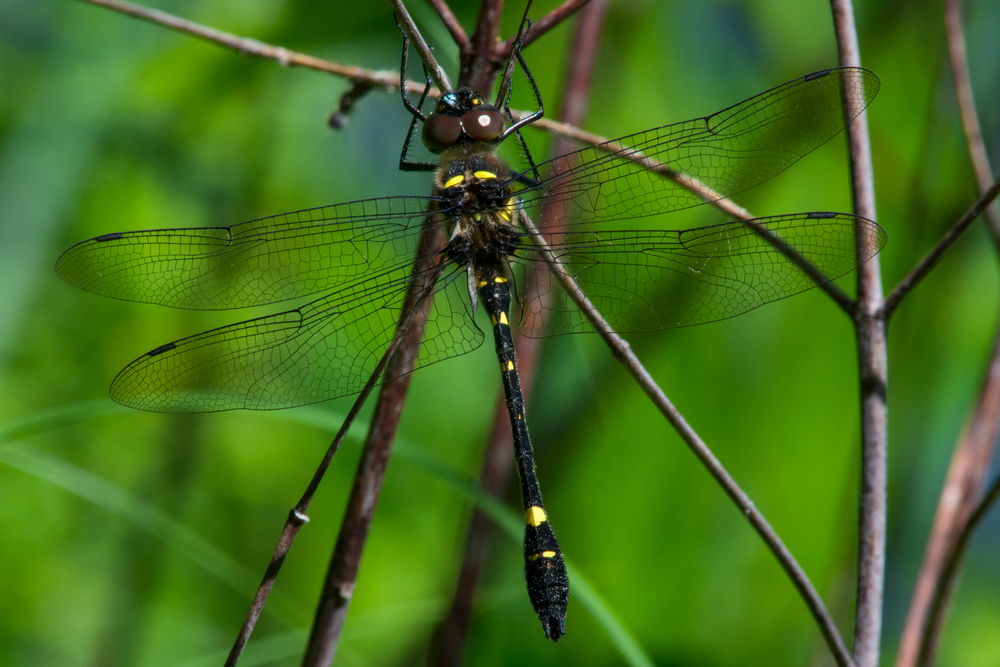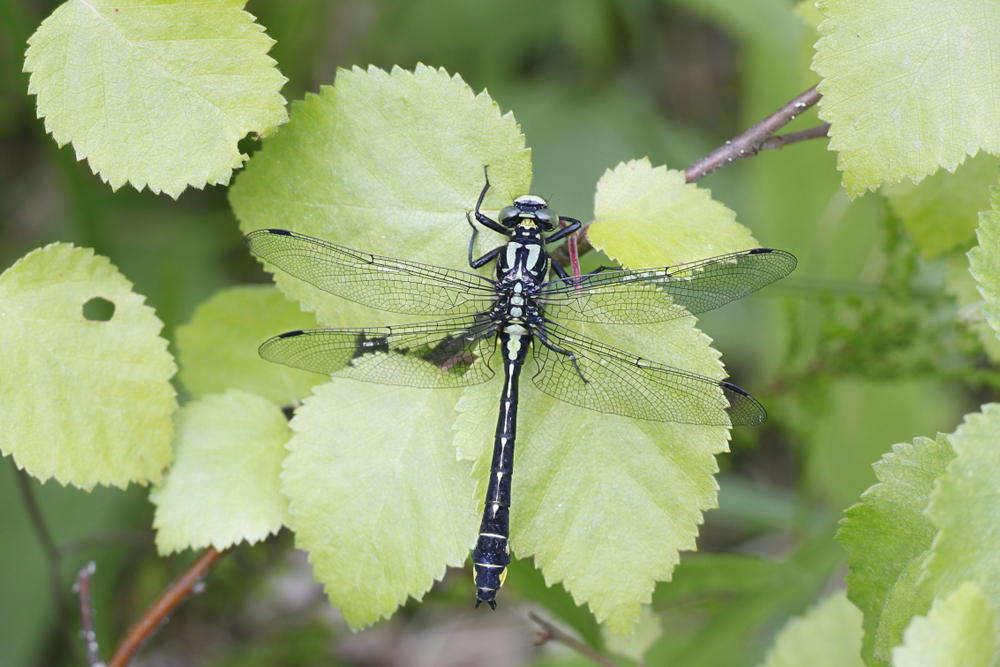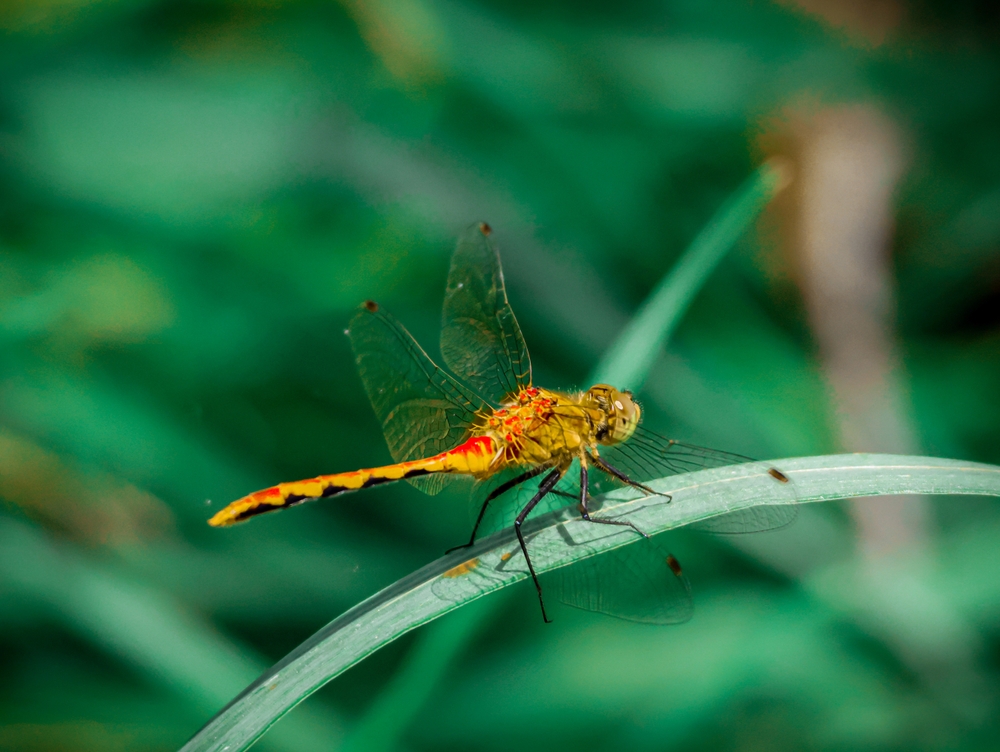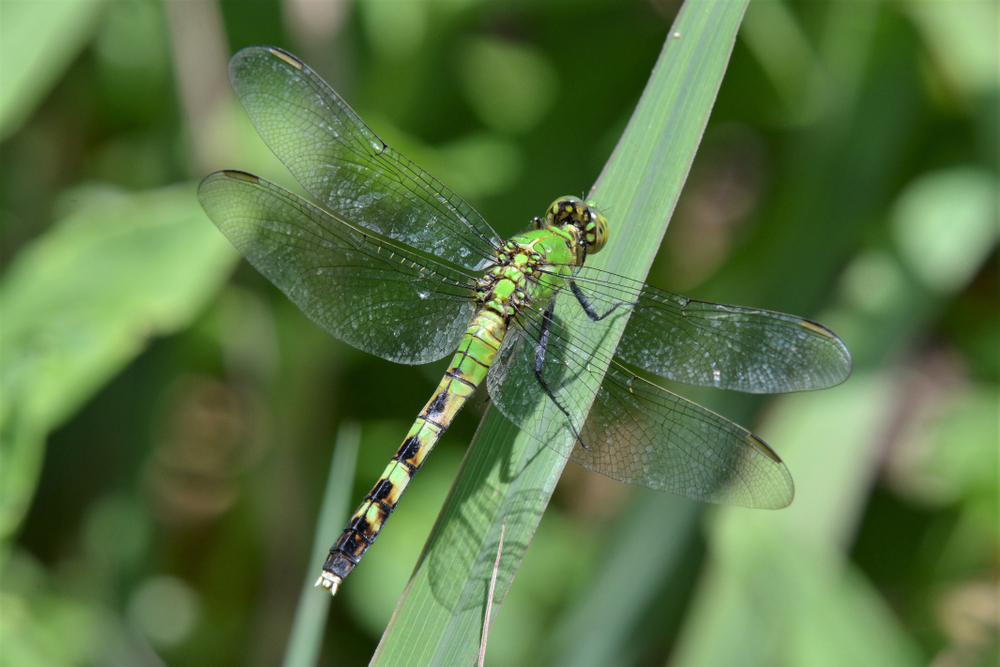The blue dasher (Pachydiplax longipennis) belongs to the skimmer family (Libellulidae). Its closest relatives are other North American skimmers, such as the twelve-spotted skimmer (Libellula pulchella) and widow skimmer (Libellula luctuosa), which share similar wing and body structures.
About
The Blue Dasher (Pachydiplax longipennis) is a striking and agile dragonfly commonly seen darting over ponds, lakes, and marshes throughout North America. It belongs to the family Libellulidae, the largest and most diverse family of dragonflies, known as skimmers. Widely distributed from southern Canada to Mexico, the Blue Dasher thrives in still or slow-moving freshwater habitats, where it is both a skilled hunter and an important ecological player.
Adults are small to medium in size, typically 1–1.6 inches (2.5–4 cm) long, with wingspans around 2.5 inches (6 cm). Males are easily identified by their powdery blue abdomens, metallic green to blue thoraxes, and vivid red eyes, while females and immatures display brown and yellow striped abdomens, offering camouflage among reeds and grasses. Their clear wings often have a small dark patch near the tips.
Blue Dashers are opportunistic predators. They perch on stems or twigs, darting out to capture mosquitoes, flies, and other small insects mid-air. Their habit of frequently returning to the same perch makes them a familiar and photogenic presence around wetlands.
Reproduction follows the typical dragonfly cycle, with males establishing territories and clasping females in the “wheel position.” Females lay eggs by dipping their abdomens into water while the male hovers nearby. The aquatic larvae (naiads) develop among submerged vegetation, feeding on insect larvae, tadpoles, and small fish before emerging as adults.
Noted for their adaptability, Blue Dashers tolerate a wide variety of habitats, even urban ponds, and are among the most common dragonflies in North America. Their vivid colors, approachable behavior, and ecological importance make them a favorite for naturalists, photographers, and casual observers alike.
Physical Characteristics
The blue dasher is a small but striking dragonfly, easily recognized by its vivid coloration and compact size.
Body:
It has a slender, elongated body with a slightly widened thorax and a straight abdomen, giving it a delicate yet agile build.
Coloration:
Males display a bright blue abdomen with a white or pale tip, contrasting with a dark thorax streaked with yellow or green. Females and immature males are more brownish with yellow stripes, providing camouflage.
Head and Eyes:
They have large, multifaceted eyes that nearly meet at the top of the head. Eyes are typically a brilliant green in young adults, shifting to a darker hue as they age.
Wings:
The wings are transparent with dark veins and a small amber patch near the base. Each wing has a dark stigma (colored cell) near the leading edge.
Size:
Adults measure about 1–1.5 in (25–38 mm) in length, with wingspans of 2–2.5 in (50–65 mm).
Weight:
They are very lightweight, less than 0.5 g, allowing swift, acrobatic flight.
The blue dasher’s bright blue abdomen, green eyes, and agile build make it one of the most colorful and recognizable dragonflies across North America.
Reproduction
Blue dashers follow the typical dragonfly reproductive cycle, with strong territorial males and aquatic larval development.
Mating and Courtship:
Males perch near ponds, lakes, or marshes, defending small territories against rivals. When a receptive female arrives, the male clasps her behind the head with his abdominal claspers, and the pair forms the dragonfly’s characteristic “wheel position” for mating.
Egg Laying (Oviposition):
After mating, females deposit eggs alone. They hover over the water’s surface, dipping the tip of their abdomen repeatedly to release eggs directly into ponds or marshy areas.
Eggs and Development:
Eggs hatch within a few days to weeks, depending on water temperature. The larvae, called naiads, are fully aquatic and predatory.
Larval Stage:
Naiads live in pond and marsh vegetation, feeding on insect larvae, small crustaceans, tadpoles, and even tiny fish. This stage can last several months to a year, depending on climate.
Emergence and Adult Stage:
When mature, naiads crawl out of the water onto plants or rocks, where they molt into winged adults. Adults live for several weeks to months, during which their primary focus is feeding and reproduction.
The blue dasher’s reproductive cycle, with territorial males and aquatic larvae, reflects its adaptation to still or slow-moving freshwater habitats.
Lifespan
The blue dasher, like most dragonflies, has a life cycle dominated by its aquatic larval stage, with a relatively brief adult life.
Lifespan in the Wild:
The larval stage lasts several months to about a year, depending on climate and water conditions. During this period, naiads live in ponds and marshes, feeding and growing through multiple molts.
Adult Stage:
Once they emerge as adults, blue dashers typically live 6–8 weeks. Their time as adults is spent actively hunting, defending territories, mating, and laying eggs.
Lifespan in Captivity:
They are rarely kept in captivity due to their need for aquatic larval stages and space for flying, but their lifespan generally follows the same pattern: months as larvae and weeks as adults.
Threats to Longevity:
Larvae are preyed on by fish, amphibians, and aquatic insects, while adults are vulnerable to birds, frogs, spiders, and larger dragonflies. Habitat loss and water pollution also reduce survival.
The blue dasher’s lifespan is characterized by its extended larval stage and short but active adult stage, reflecting the life cycle of many pond-dwelling dragonflies.
Eating Habits
Blue dashers are opportunistic predators, feeding at both larval and adult stages, with hunting behaviors that help control insect populations.
Diet (Larvae/Naiads):
Aquatic larvae feed on mosquito larvae, aquatic insects, small crustaceans, worms, tadpoles, and even tiny fish. They are ambush predators, lying in wait before striking with extendable jaws.
Diet (Adults):
As adults, blue dashers consume mosquitoes, flies, gnats, moths, and other small flying insects. They are aerial hunters, catching prey midair with their spiny legs, which act as a net.
Feeding Behavior:
Larvae use stealth and quick strikes to capture prey underwater, while adults patrol ponds, marshes, and meadows, often consuming their catch while perched.
Role in the Ecosystem:
By consuming large numbers of mosquitoes and other insects, blue dashers help regulate pest populations. They also provide food for birds, frogs, and other predators, linking aquatic and terrestrial ecosystems.
The blue dasher’s dual feeding strategy—ambush predator as a larva and agile aerial hunter as an adult—makes it an important predator in wetland environments.
Uniqueness
The blue dasher is a striking and adaptable dragonfly, notable for its bold colors, territorial nature, and ecological role.
Brilliant Coloration:
Males display a bright blue abdomen with a pale tip, dark thorax with yellow-green stripes, and vivid green to turquoise eyes, making them one of the most colorful dragonflies.
Sexual Dimorphism:
Females and young males are brown with yellow-striped abdomens, creating a clear contrast with mature males’ bright blue appearance.
Perching Behavior:
Blue dashers often perch conspicuously on stems or branches near water, making them one of the easiest dragonflies to observe and identify.
Territorial Aggression:
Males aggressively defend small territories, chasing away rivals and courting females—behavior that adds to their energetic presence around ponds and marshes.
Ecological Value:
As both larvae and adults, they consume large numbers of mosquitoes and flies, making them important natural pest controllers.
The blue dasher’s vivid coloration, conspicuous behavior, and adaptability to diverse habitats make it one of the most unique and charismatic dragonflies in North America.
Be the First to Share Photos of This Species.
FAQ’s
1. What species is closest to the blue dasher?
2. How does the blue dasher compare to other species in the same family?
Compared to other skimmers, the blue dasher is smaller but more vividly colored, with its bright blue abdomen and green eyes. It is also highly territorial, while some relatives are more passive.
3. What national parks provide the best opportunities to see a blue dasher?
They are abundant in wetlands across the United States and can be seen in Everglades National Park (Florida), Yellowstone National Park (Wyoming), and Cuyahoga Valley National Park (Ohio).
4. In what parts of the world can you find blue dashers?
Blue dashers are native to North America and are widespread throughout the United States, southern Canada, and northern Mexico, inhabiting ponds, lakes, marshes, and slow-moving streams.
5. How many types of blue dashers are there?
There is only one recognized species, Pachydiplax longipennis. However, it is part of the diverse Libellulidae family, which includes over 1,000 species of skimmers worldwide.
